-
Posts
2.055 -
Joined
-
Last visited
-
Days Won
50
Posts posted by Genava55
-
-
57 minutes ago, borg- said:
I thought of a unit that can only fight and not collect resources. Something like the minuteman of age of empires 3. They train almost instantly, they are cheap, and they help defend and attack at some point. I thought of units with a short sword or axe, with no shields, for quick locomotion. I do not know if we would have a historical concept behind it.
Basically among barbarians civ, the warriors and men-at-arms are spread in the landscape, in all the villages, hamlets and fortified sites. This is their way to defend themselves to any unexpected attacks (especially robbers and raiders). There are some accounts in the Gallic Wars of storage of weapons inside oppida but it is difficult to assess if this is for a kind of militia.
In Imperial Rome, there are the urban cohorts for most of the protection. A kind of civil guards and militia existed through the praefectus vigilum and the Cohortium Vigilum Stationes, but mostly as firefighters and policemen.
Edit: for the Roman Army before the Carthaginian Wars, there were the Rorarii and the Accensi as irregulars.
-
 4
4
-
-
12 hours ago, Lion.Kanzen said:
not archers?
It seems to be something used later:
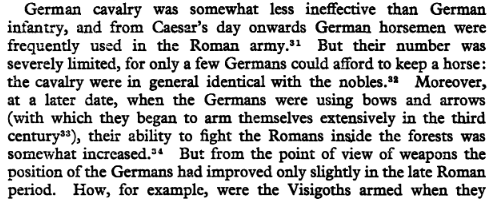
http://sci-hub.tw/https://www.jstor.org/stable/650090
The only place where I find early indications of arrows and bows is in North Denmark and Southern Sweden. So if you want to add an archer, you can do it through a regional unit (Cimbri or Suiones).
-
 2
2
-
-
21 hours ago, av93 said:
Well, I was thinking about groups of the Suebian confederation -> regional standard unit
Neighbors or Allies -> mercenaries.
Is a way to have mercenaries and have fuller rooster in the barbarian civs. Think the metal cost as part of the alliance and deals, or something like this. Also, the name would be something like "Cherusci Allied Pikeman" in the same way of "Italian Allied Cavalry" of Romans. Other units would be just the demonym of the tribe + Class
I agree with this.
It means basically a roster for the Suebi with a Spearman using the framae (polyvalent spear), Skirmisher with barbed javelins, Infantryman with wooden clubs, Champion unit with heavy spearhead and/or Germanic swords, Slinger, a Champion melee cavalry.
Regional and allied units could be the Cherusci pikeman, the Harii Night-Ambusher, the Lugian heavy swordsman, the short-swordsmen with round shield from Lemovii and Rugii tribes, the Batavi or the Tencteri cavalry, Chatti veteran infantryman (with shaved faces), Aestii axe female warrior etc. etc.
-
 1
1
-
-
32 minutes ago, av93 said:
Well, doing a fast reading of wikipedia seems that Suebians and Cherusci coexisted and sometimes were allies.
Coexisted does not mean anything but yes, we can make other germanic groups as regional units. No problem with this, it should be only specified to not spread misinformation. For honesty.
23 minutes ago, Lion.Kanzen said:for gamewise we need ranged cavalry .
Rhine-Weser Germans served often as auxiliaries for the Roman army. So cavalry as well.
-
 1
1
-
-
22 minutes ago, Lion.Kanzen said:
How can you interpret that symbol? with various colors or monochromatic.
The one I suggested before? I think that this one and this one are references to the nine worlds of the Nordic mythology, however this is only my interpretation:


Ancient Germanic mythology is kinda a black box. Mostly it is much later accounts that fill the gaps but with a lot of uncertainties
-
The pikemen reference comes from the Cherusci
Chatti, not a suebian tribe. EB2 is kinda falling for the same trouble than other games, filling the gaps in knowledge with other references from other tribes and other time-frames.Here:
Spoiler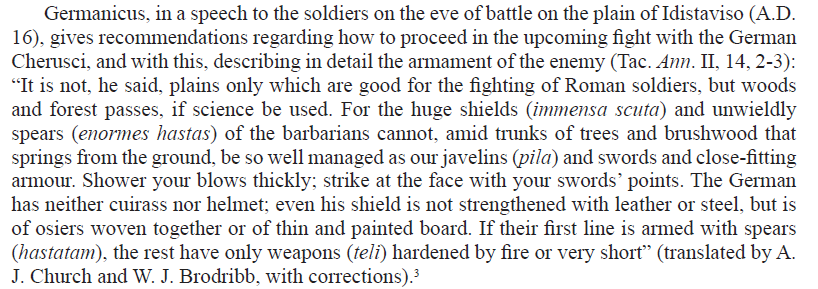


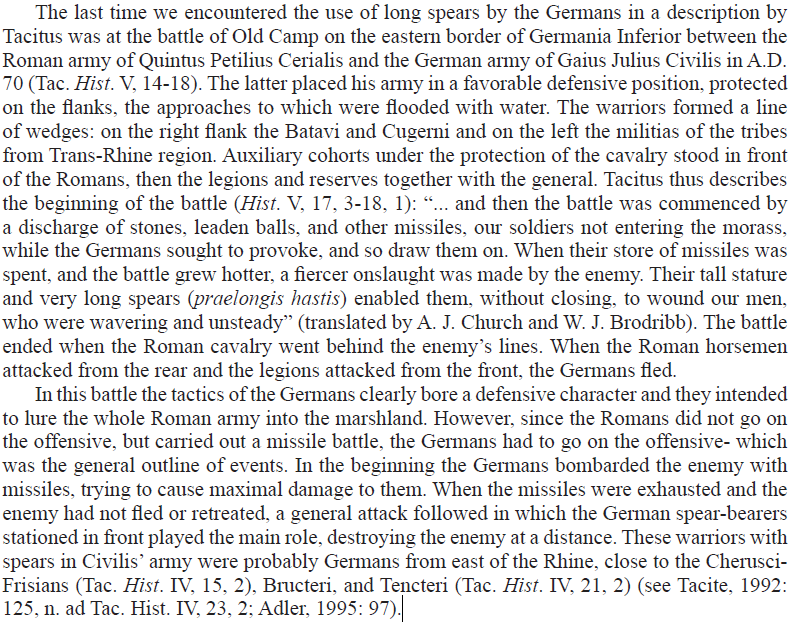

-
 1
1
-
-
Column of Marcus Aurelius
https://sketchfab.com/3d-models/triumphal-column-of-marcus-aurelius-b50018f8a21b49ba9a33c6410bb29101
MATERIAL FORMS OF SELF-REPRESENTATION
https://www.academia.edu/3824652/The_Column_of_Marcus_Aurelius
The Battle Scenes on the Column of Marcus Aurelius
https://macsphere.mcmaster.ca/handle/11375/15521
Video: https://www.youtube.com/watch?v=m6Bq-RlaMX8
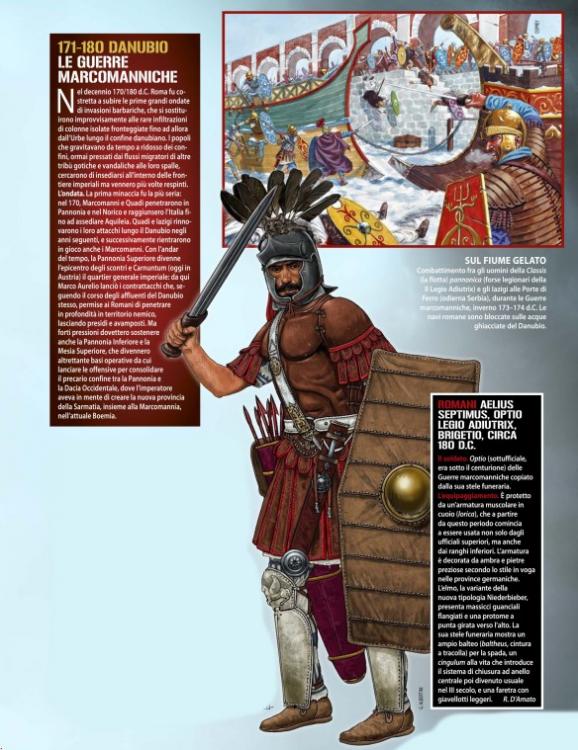
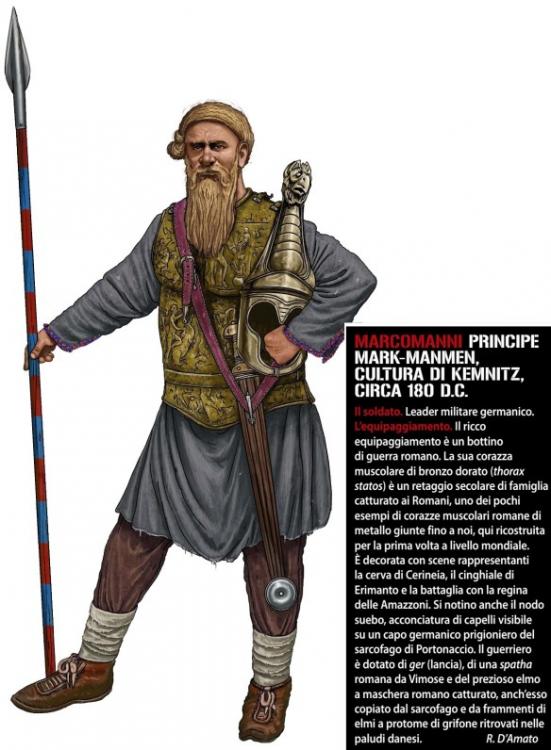
-
 2
2
-
-
-
6 hours ago, wowgetoffyourcellphone said:
Symbol Valknut?
It is a symbol associated with the Norsemen and Anglo-Saxons, from the early medieval era. The *Valknútr/Valknut is very controversial because there is a lot of modern folklore around it, most of its interpretation is based on myths. The exact signification and importance of this symbol for the Norsemen is the not known.
For the Elbe Germans, a common recurring symbol is this is one:
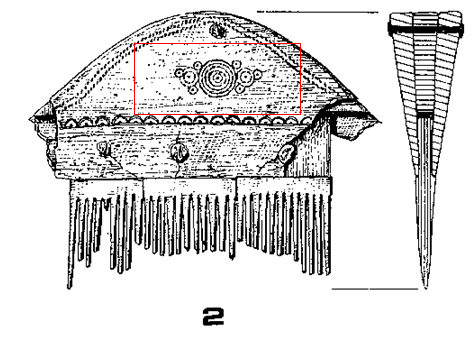
Other decorated items and symbols:
For the other patterns
Edit: for people interested in the subject, some Roman items found close to the Quadi (a rare english article on the subject):
-
 2
2
-
 1
1
-
-
1 minute ago, wowgetoffyourcellphone said:
That is a large time frame. Would unit types and equipment have changed greatly in the intervening years?
Yes it changed, the Suebians during 1st century BC and 2st century AD are mostly using hexagonal shields and have little body protection. During the 3rd century AD, all the Germans started to use rounds shields and we find some helmets and chainmail. There are also the development of the angon and of the spatha.
Clearly, before the Marcomannic wars it is difficult to gather enough information to build a complete faction.
12 minutes ago, wowgetoffyourcellphone said:What about architecture?
Most of the archeological information on the Suebians comes from the later period. But the general basis of the houses didn't have change. The only thing is that there is more evidence for fortifications in the later period.
-
 1
1
-
-
25 minutes ago, Nescio said:
So if someone is ambitious, why not try your hand at the very large hundred column hall of Artaxerxes (cyan) or the even larger adapana of Darius (red)? (I'm not sure what 0 A.D.'s current Adapana is supposed to be.)
The 100 columns hall of Persepolis is indeed quite impressive
Some pictures and 3D:
http://www.the-persians.co.uk/photo_albums/album4_persepolis_reconstruction.htm
http://www.persepolis3d.com/frameset.html
3D visit tour:
-
The Lombards: The Ancient Longobards - Neil Christie
The Lombards, also known as the Longobards, were a Germanic tribe whose fabled origins lay in the barbarian realm of Scandinavia. After centuries of obscurity during the long period of Roman domination in Europe, the Lombards began a concerted migration south-eastwards, coming to prominence immediately after the fall of Rome.
Pushing across the Danube to occupy Hungary, the tribe emerged as a powerful protagonist in the former heartland of the Empire in the early sixth century AD. The Lombards subsequently invaded Italy in AD 568-569, where they successfully countered the Byzantines and established a kingdom based on the fertile north Italian plains. This endured for more than two centuries before its conquest by Charlemagne, and even after this defeat, a Lombard state continued to exist in southern Italy until the eleventh century.
In this book, the author combines many sources, archaeological and historical, to offer a fresh and vividly detailed picture of Lombard society - its people, settlements, material and spiritual culture - and its evolution from martial 'barbarian' tribe to complex urbanized state.The Alamanni and Rome 213-496 - John F. Drinkwater
The Alamanni and Rome focuses upon the end of the Roman Empire. From the third century AD, barbarians attacked and then overran the west. Some--Goths, Franks, Saxons--are well known, others less so. The latter include the Alamanni, despite the fact that their name is found in the French (''Allemagne'') and Spanish (''Alemania'') for ''Germany.'' This pioneering study, the first in English, uses new historical and archaeological findings to reconstruct the origins of the Alamanni, their settlements, their politics, and their society, and to establish the nature of their relationship with Rome. John Drinkwater discovers the cause of their modern elusiveness in their high level of dependence on the Empire. Far from being dangerous invaders, they were often the prey of emperors intent on acquiring military reputations. When much of the western Empire fell to the Franks, so did the Alamanni, without ever having produced their own ''successor kingdom.''
Edit:
Варвары. Древние германцы: быт, религия, культура
Малькольм ТоддВарвары. Древние германцы. Быт, религия, культура Everyday Life of the Barbarians: Goths, Franks, & Vandals От издателяАвтор этой книги попытался реконструировать социальную структуру и каждодневную жизнь варваров на основе обобщающих выводов археологов, наблюдений искусствоведов и лингвистов. Рассматривается промежуток времени от II в. до н.э., когда цивилизованные народы впервые обратили внимание на варваров, до периода Великого Переселения народов IV-VI веков н.э.
Everyday Life of the Barbarians: Goths, Franks and Vandals
With drawings by Eva Wilson.
The "Barbarians" of the classical world - especially the Goths, Franks and Vandals - have been traditionally dismissed as savage hordes who sacked Rome and destroyed her Empire. It is only the discoveries of modern archaeology that have established a true picture of these versatile Germanic tribes who originally inhabited north-west Europe beyond the frontiers of the Roman Empire and who later penetrated every corner of Europe.
Like the Celts, these tribes excelled in the arts of war - but warfare was far from being the whole of their life. They delighted in feasting, music, dancing and gaming. The tribes were organised in a rigorous social hierarchy and they practised a remarkably advanced system of agriculture. Their houses and furniture were simple but they took a particular pride in personal decoration: the surviving artifacts - especially ornamental metalwork - show a magnificent tradition of craftsmanship.
Trade contacts, too, reveal a lively commerce with the Roman provinces and with their nomadic neighbours.
This vivid and rounded portrait of the daily life of Rome's northern neighbours is a fascinating addition to the Publishers' Everyday Life series and a valuable complementary study to the volume on "Ancient Rome".
Malcolm Todd, who is Lecturer in Archaeology at the University of Nottingham, has made use of his own research, and the illustrations - almost 100 in all - include a great deal of unfamiliar material.The Early Germans by Malcolm Todd
The growing number of volumes in the "Peoples of Europe" series are generally quite useful to students of early medieval history; at less than 300 pages, they do well as surveys. This one, unfortunately, is one of the less readable efforts. Todd is interested in the Germanic tribes and their migrations from the early Roman Empire up to about 700 A.D., but he wanders from a chronological coverage of all the multitude of Germanic peoples (who never thought of themselves as "Germans" in the first place), to a topical one (chapters on economy and agriculture, social institutions, burial practices, trade and diplomacy, art and technology, etc), to a geographical survey divided into sections on Goths, Vandals, Franks, Burgundians, Gepids, Lombards, and (oddly) Scandinavians. It's a confusing book to read, with various groups appearing (naturally) in each other's chapters. Todd also mentions in passing specialized information or rival interpretations of the sources that he apparently assumes everyone knows -- which is a bad assumption in a survey of this kind. While there's useful stuff here, I would not suggest this as a first resource for someone new to the field. Instead, I would recommend the separate books in this series by James on the Franks, Heather on the Goths, and Christie on the Lombards -- and Heather's latest, _The Fall of the Roman Empire_ (2006), over all of them.
This volume brings together many important historical texts, the majority of them (speeches of Themistius, the Passion of St Saba, and evidence relating to the life and work of Ulfila) not previously available in English translation. "...a compact and exciting do-it-yourself kit for the student of Gothic history... outstanding."—Bryn Mawr Classical Review
-
 3
3
-
-
The time frame involved is basically from Ariovistus (58 BC) to Hermeric (441 AD) ? Focusing on the Suebian tribes ?
-
 3
3
-
-
18 minutes ago, StopKillingMe said:
this game is not a rock/paper/scissors RTS
It relies on the same principles than other rock/paper/scissors RTS... Borg's mod is not revolutionary on its foundations.
9 minutes ago, StopKillingMe said:Age of Borg?
I approve, this is a great idea

-
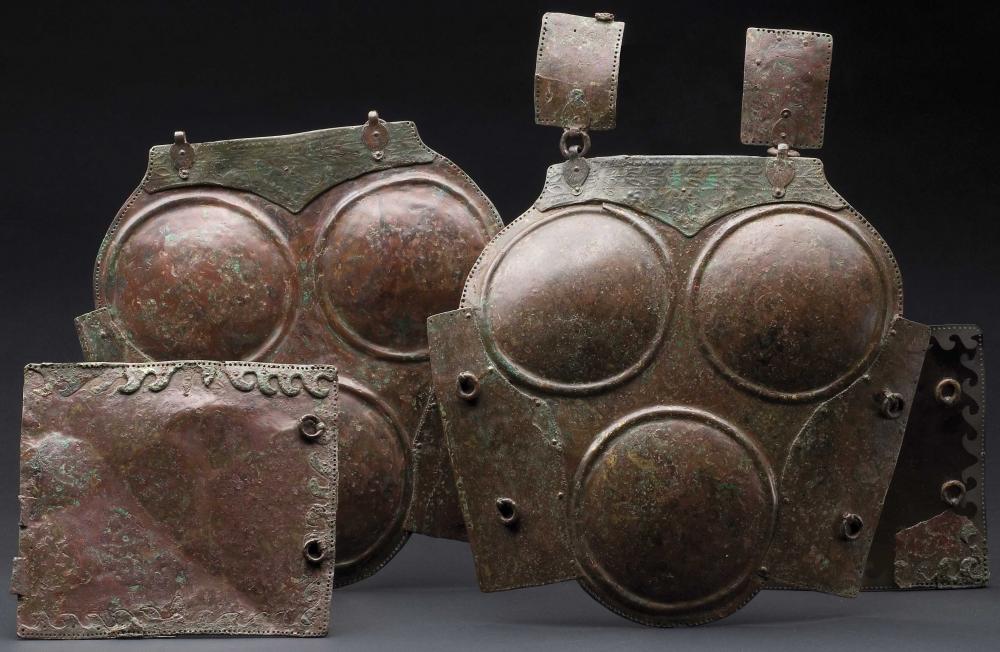 Spoiler
SpoilerEB2 - development
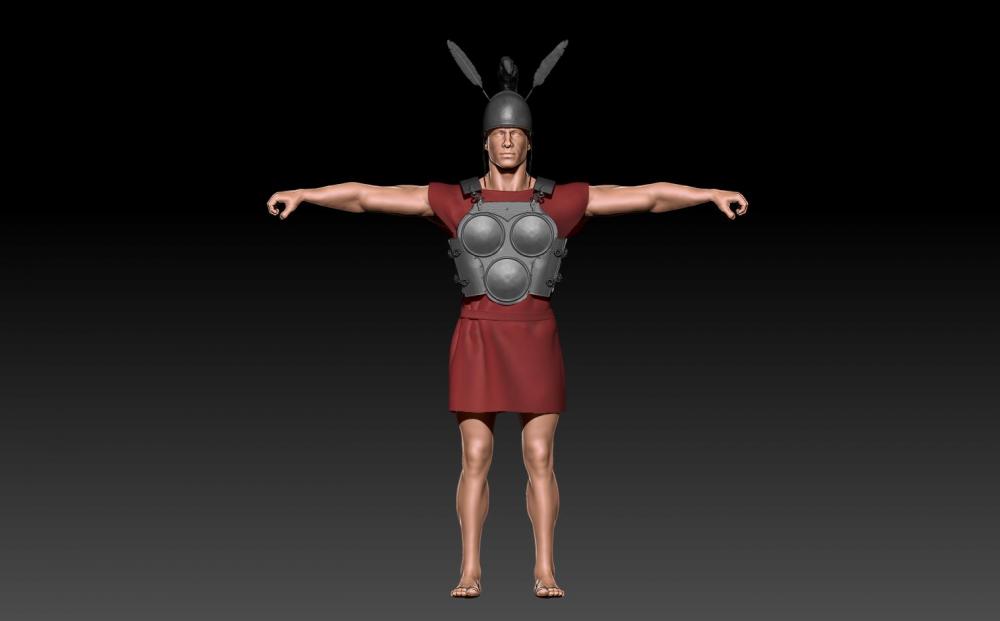
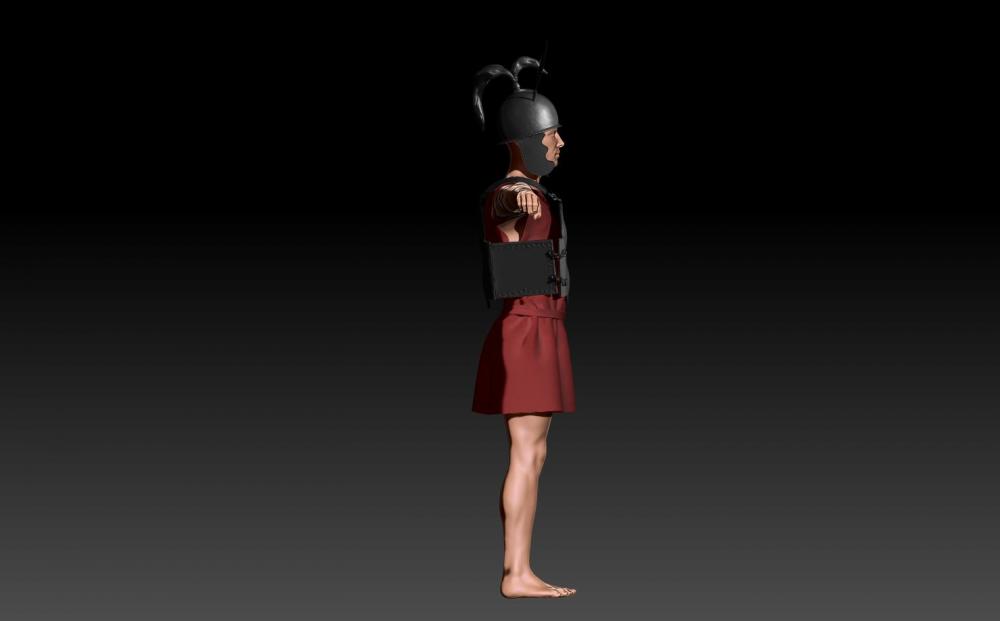
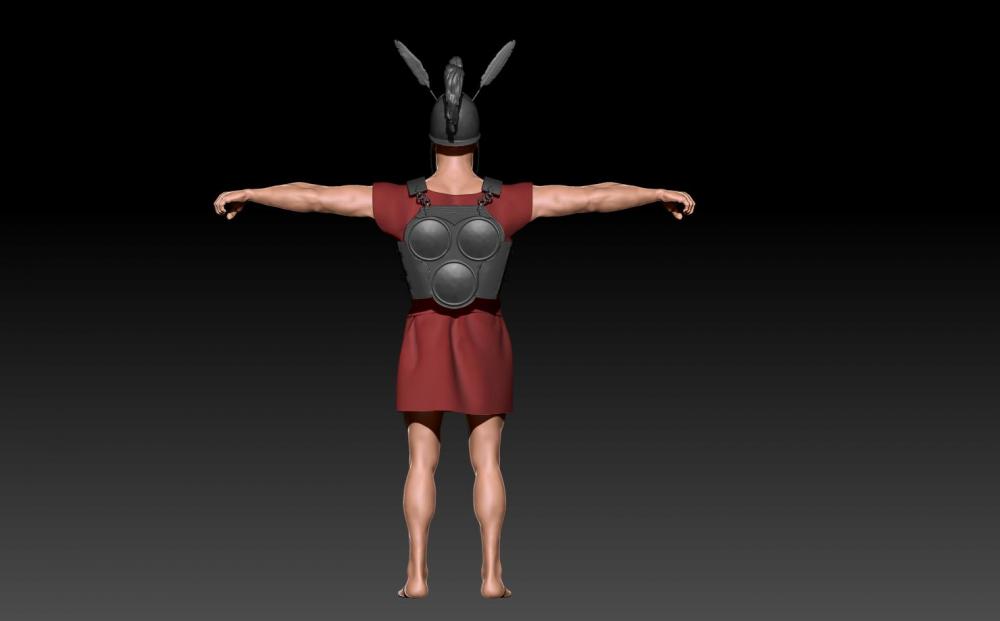
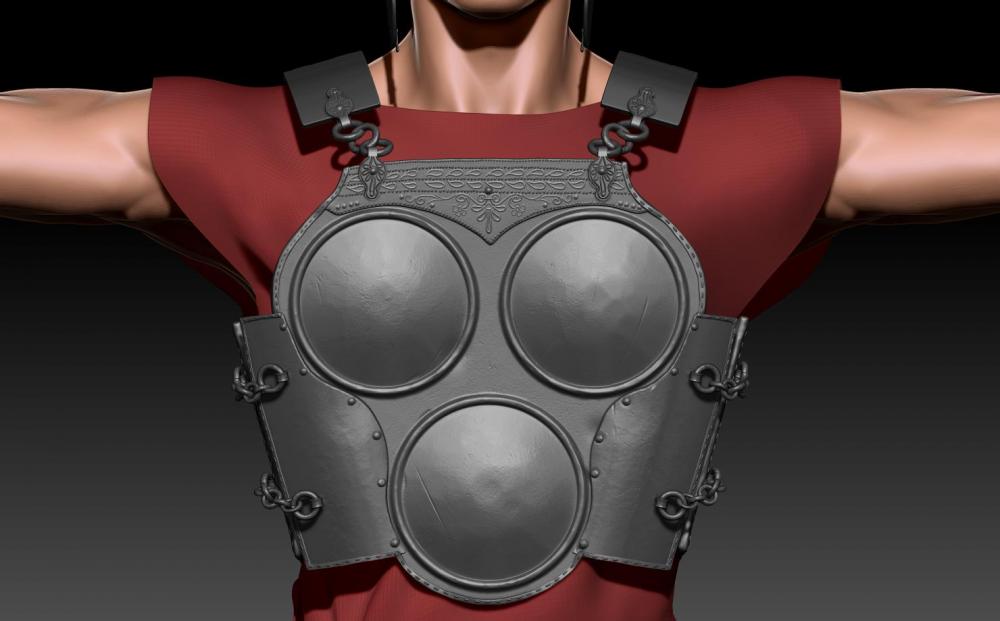
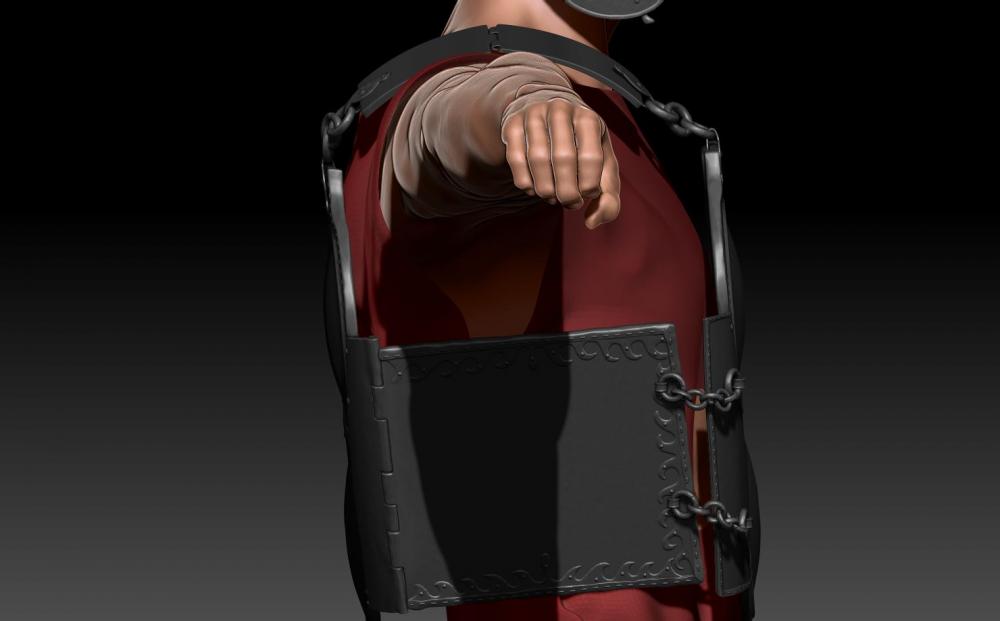
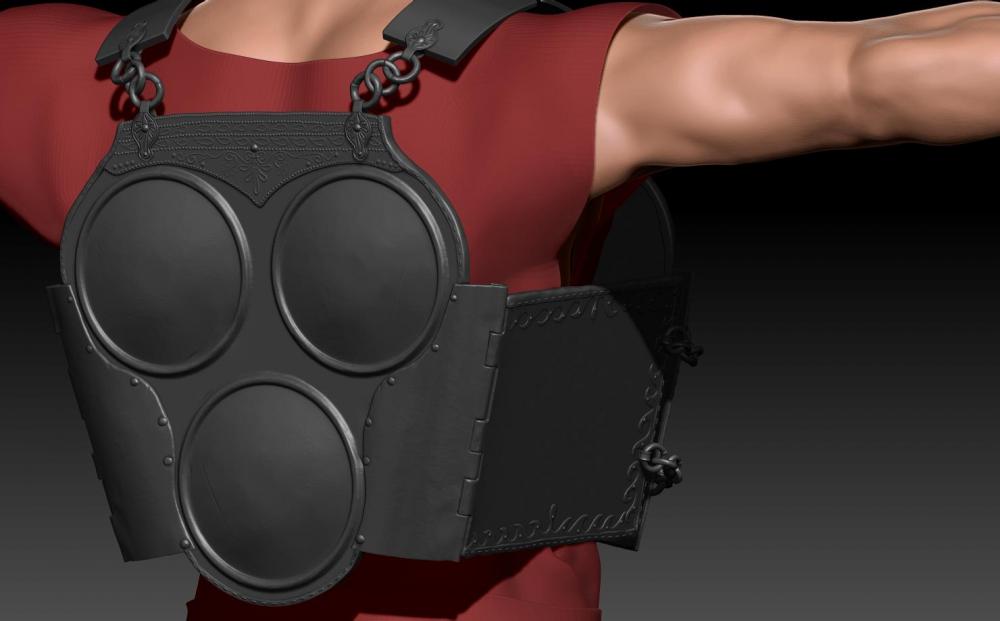
-
 3
3
-
 1
1
-
-
-
On 5/18/2019 at 11:36 PM, Lion.Kanzen said:
what about mix comitium with that? they both are compatible an stairs and behind Basilica Semptriona
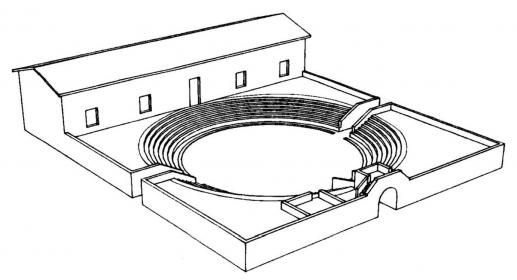
For a generic civic center, the idea to use the comitium of Paestum is a good one. This is the thing having the more sense, because this comitium is itself "generic".
-
Seleucids during the reign of Antiochus III relied on the Phoenician navy, so indeed this is not exactly the same situation than the other Greeks and Hellenes building their own ships and less dependent to one region.
-
 1
1
-
-
18 minutes ago, Lion.Kanzen said:
@Genava55 here is the post of Tiger Knight.
Thx lion ;-)
Edit: it is surprising that I didn't hear anything about this game before x)
-
Nothing related to Total War but I do not want to open a new thread for this:
Spoiler -
Bark shield and woven shield boss ;-)
Edit: In French: https://www.geo.fr/histoire/en-angleterre-des-archeologues-decouvrent-le-premier-bouclier-de-lage-du-fer-fabrique-avec-de-lecorce-195815
-
 1
1
-
 1
1
-
-
1 hour ago, Stan` said:
Did you have a chance to see the new shields in the SVN version of the game ?
Not yet. I didn't have installed Tortoise SVN but I will do it soon anyway.
-
1 hour ago, Stan` said:
So from what I see the hammer has an octagonal shape, and a spiky slightly curved end ?
I think you are correct.
1 hour ago, Stan` said:Yeah this is the only picture I could find. I mean has no one tried to forge them again ?
There are some reenactment of Roman blacksmith but there use also different hammers. I don't see exactly the same.
-
Small correction, a type of helmets depicted on Gallic coin are actually Greek coins from Massalia copied by the Gauls.
About the roster:
SpoilerGauls roster:
-
Village
-
Swordsman - Cingetos (Warrior).
- Basic => No helmet / Trousers / Naked chest or tunic / Cape or no cape / Long shield (Oval1, 2, 3) without shield protection
- Advanced => Berru or Montefortino / Trousers / Cape / Naked chest or tunic / Long shield (Oval1, 2, 3) with shield boss (group1)
- Elite => Ciumesti or Montefortino / Trousers / Cape or no cape / Leather cuirass / Long shield (Oval1, 2, 3) with shield boss (group2) and orle protection
-
Javelin skirmisher - Bagauda (bellicose/fighter)
- Basic => No helmet / Trousers / Naked chest or tunic / No cape / Medium shield (Oval8, Square2) wicker or wooden without shield protection
- Advanced => No helmet / Trousers / Cape / Naked chest or tunic / Medium shield (Oval4, Oval8, Square2) with shield boss (group1)
- Elite => Berru or Montefortino helmet / Trousers / Cape / Naked chest or tunic / Medium shield (Oval4, Oval8, Square2) with shield boss (group1)
-
Sword cavalry - Eporedos (cavalryman).
- Basic => No helmet / Trousers / Cape / Naked chest or tunic / Long shield (Oval1, 2) with shield boss (group1)
- Advanced =>Ciumesti or montefortino helmet / Trousers / Cape or no cape / Leather cuirass / Long shield (Oval1, 2) with shield boss (group2) and orle protection
- Elite => Port, Alésia or Boé helmet / Trousers / Cape or no cape / Chain mail / Long shield (Oval1, 2, Hexagonal1) with shield boss (group3) and orle protection
-
Swordsman - Cingetos (Warrior).
-
Town
-
Champion naked warrior (spearman) - Bariogaisatos (furious spearman). Fast and scary for fresh recruit (bonus against basic version of units ?)
- General => No helmet / Naked / Cape or no cape / Medium shield (Oval4, Oval8) with shield boss (group1)
- Advanced => Berru and Montefortino / Naked with Golden torcs and armlets / Cape or no cape / Long shield (Oval1, 2) with shield boss (group1)
- Elite => Port, Mihovo or Forêt helmets / Naked with Golden torcs and armlets / Cape or no cape / Long shield (Oval2, Hexagonal1) with shield boss (group3)
-
Spearman - Ambactos (who-is-around, attested word from Caesar for Gallic retinue and clients).
- Basic => No helmet but leather or textile cap / Trousers / Tunic / No cape / Long shield (Oval2, 3, Hexagonal1) without shield protection
- Advanced => No helmet but leather or textile cap / Trousers / Tunic (thick) / No cape / Long shield (Oval2, 3, Hexagonal1) with shield boss (group3)
- Elite => Alesia or Coolus helmet / Trousers / No cape / Chain mail / Long shield (Oval2, 3, Hexagonal1) with shield boss (group3) and orle protection
-
Slinger - Selgos (hunter).
- Basic => No helmet / Trousers / Naked chest / No cape / No shield
- Advanced => No helmet / Trousers / Naked chest / No cape / Small shield (Square1)
- Elite => No helmet but leather or textile cap / Trousers / Tunic / No cape / Small shield (Square1)
-
Champion naked warrior (spearman) - Bariogaisatos (furious spearman). Fast and scary for fresh recruit (bonus against basic version of units ?)
-
City
-
Champion sword horseman - Comaterecos (patrician)
- General => Alesia, Agen, Port, Boé or Forêt helmet / Trousers / Cape / Chain mail / Long shield (Oval1, 2, Hexagonal1) with shield boss (group3) and orle protection
-
Archer - Selgos (hunter) - Archers. Upgrade for the slinger!
- Basic => No helmet / Trousers / Naked chest / No cape / No shield
- Advanced => No helmet but leather or textile cap / Trousers / Tunic / No cape / No shield
- Elite => Port or Coolus helmet / Trousers / Tunic / Cape / No shield
-
One champion chosen by the player from this list during the third phase:
-
Champion Lance cavalry - Epouanos (horse-killer). Anti-cavalry special unit. Regional Belgian, Eastern Celts and Rhine-Germans
- General => Mihovo, Kessel Port or Horned helmet / Trousers / Tunic (thick) / Celtic cape or Bear fur cape / Shield (Hexagonal1, Oval8) with shield boss (group3)
-
Champion Swordsman - Soliduros (Bodyguard). Regional Aquitanian.
- General => Alesia, Agen or Mihovo helmet / Trousers / Cape / Chain mail with or without phalera / Long shield (Oval1, 2, Hexagonal1) with shield boss (group3) and orle protection
-
Champion Axeman - Namantobogios (smasher of enemies). Regional Lepontian/Rhaetian (South-eastern Alps).
- General => Alesia, Port or Negau helmet / Trousers / Cape / Chain mail or Leather cuirass / Shield (Oval1, Oval4) with shield boss (group3) and orle protection
-
Champion Lance cavalry - Epouanos (horse-killer). Anti-cavalry special unit. Regional Belgian, Eastern Celts and Rhine-Germans
-
Champion sword horseman - Comaterecos (patrician)
Britons roster:
-
Village
-
Spearman - Catucos (combatant)
- Basic => No helmet / Trousers / Naked chest and body paint / No cape / Medium shield (Oval 5,6,7,8) without shield protection
- Advanced => No helmet / Trousers / Cape / Naked chest and body paint/ Long shield (Oval1,3 Hexagonal2, Square3, 4) with shield boss (group 4)
- Elite => Coolus or Meyrick helmet / Trousers / Cape / Tunic (thick?)/ Long shield (Oval1,3 Hexagonal2, Square3, 4) with shield boss (group 5)
-
Javelin skirmisher - Adretos (who runs fast, attacker).
- Basic => No helmet / Trousers / Naked chest and body paint / No cape / Shield (Square1, 2) without shield protection
- Advanced => No helmet / Trousers / Cape / Naked chest and body paint/ Shield (Square2, Oval8) with shield boss (group 3)
- Elite => Coolus or Meyrick helmet / Trousers / Cape / Tunic / Shield (Square2, Oval8) with shield boss (group 4)
-
Light cavalry with javelins - Marcacos (cavalryman).
- Basic => No helmet / Trousers / Naked chest and body paint / No cape / Shield (Square2, Oval5,6,7,8) with shield boss (group 3)
- Advanced => Ashmolean or Berru helmet / Trousers / Cape / Naked chest and body paint/ Shield (Square2, Oval5,6,7,8) with shield boss (group 4)
- Elite => Coolus or Meyrick helmet / Trousers / Cape / Tunic (thick?) / Long shield (Oval1, Hexagonal2, Square3, 4) with shield boss (group 5)
-
Spearman - Catucos (combatant)
-
Town
-
Slinger - Telmiuicos (slinger)
- Basic => No helmet / Trousers / Naked chest and body paint / No cape / Shield (Square1) without shield protection
- Advanced => No helmet / Trousers / Cape / Naked chest and body paint/ Shield (Square1) with shield boss (group 3)
- Elite => Coolus or Meyrick helmet / Trousers / Cape / Tunic / Shield (Square1) with shield boss (group 3)
-
Lance cavalry - Epossos (horseman, raider or "knight").
- Basic => Mill Hill Headband / Trousers / Naked chest and body paint / No cape / Long shield (Oval1, Hexagonal2, Square3, 4) with shield boss (group 4)
- Advanced => Ashmolean or Berru helmet / Trousers / Cape / Tunic (thick?)/ Long shield (Oval1, Hexagonal2, Square3, 4) with shield boss (group 5)
- Elite => Coolus or Meyrick helmet / Trousers / Cape / Chain Mail / Long shield (Oval1, Hexagonal2, Square3, 4) with shield boss (group 5)
-
Swordsman - Batoros (who-hit-hard, fighter). The Caledonians are described as using longswords and small shield and the Picts are described fighting naked.
- Basic => No helmet / Trousers or naked / Naked chest and body paint / Back scabbard / No cape / Shield (Square1, Oval5,6) without shield protection
- Advanced => Mill Hill Headband / Trousers / Cape / Naked chest and body paint / Back scabbard / Shield (Square1, Oval5,6) with shield boss (group 4)
- Elite => Coolus or Meyrick helmet / Trousers / Cape / Naked chest and body paint / Back scabbard / Shield (Square2, Oval5,6,7,8) with shield boss (group 4)
-
War-Dogs - Agrocuna (battle/bloody/killer dog)
- Irish Wolfhound, Scottish Deerhound, English Mastiff, Irish mastiff (breed)
-
Slinger - Telmiuicos (slinger)
-
City
-
Champion chariot warrior - Esseda (war chariot). The Britons use war chariots with a driver and an elite warrior, they throw javelins from it and continue the fight on foot (possibility for the unit to transport one infantryman ?)
- General => Berru, Meyrick or Bronze Mihovo helmet / Trousers / Cape / Naked chest and body paint or Tunic (thick?)/ Long shield (Oval1, Hexagonal2, Square3, 4) with shield boss (group 5)
-
Champion swordsman - Argos (battle champion, noble)
- General => Bronze Mihovo or Meyrick helmet / Trousers / Cape / Chain Mail/ Long shield Long shield (Oval1,3 Hexagonal2, Square3, 4) with shield boss (group 5)
-
Champion skirmisher infantryman - Caur (old-Irish for champion). I propose an Irish elite javelinist, with a historical irish shortsword. If the double weapons switch is implanted, it could be an interesting unit. Polyvalent.
- General => No helmet / Long gaelic dress / Cape / Shield (Square2) with shield boss (group 4)
-
Champion chariot warrior - Esseda (war chariot). The Britons use war chariots with a driver and an elite warrior, they throw javelins from it and continue the fight on foot (possibility for the unit to transport one infantryman ?)
These ones are the concerned coins:
-
Village


.thumb.jpg.b21ca1d0c15fb56b42c39b25a0a40815.jpg)
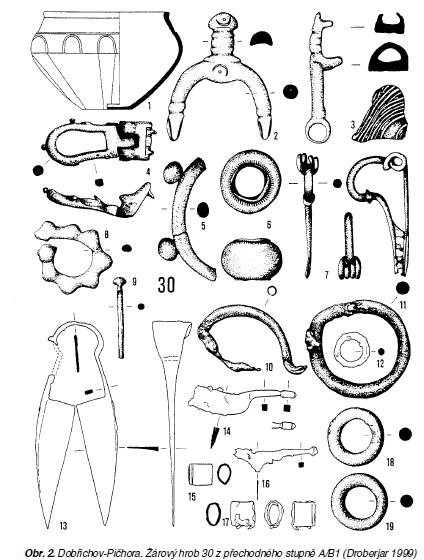
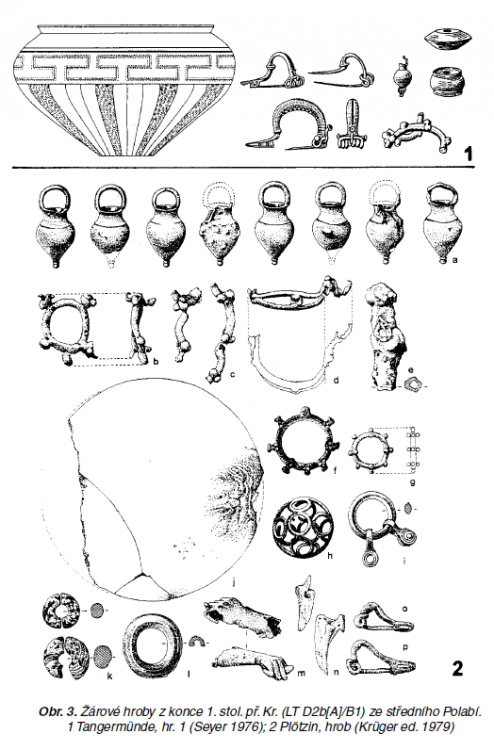
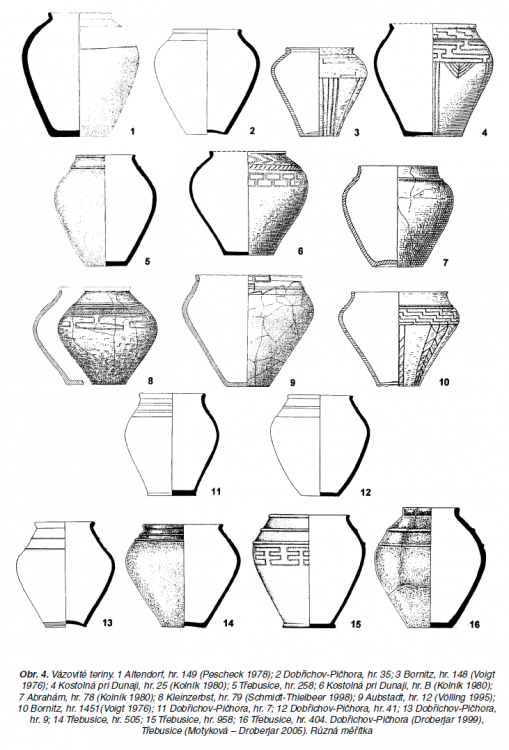
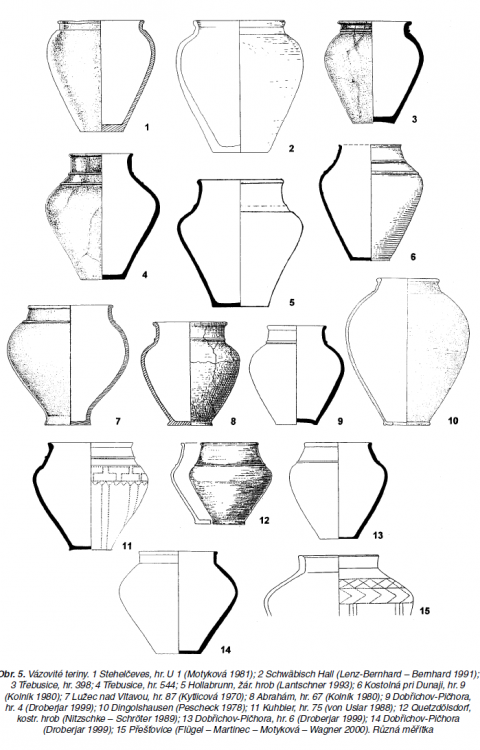
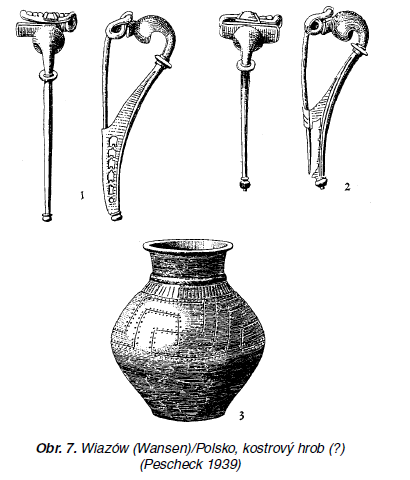
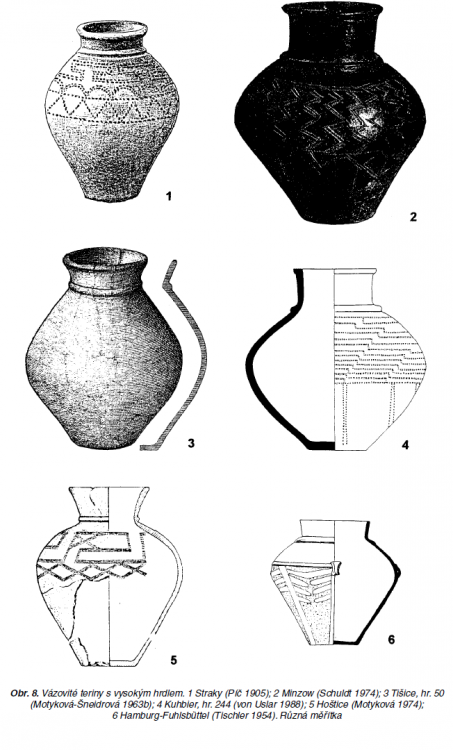
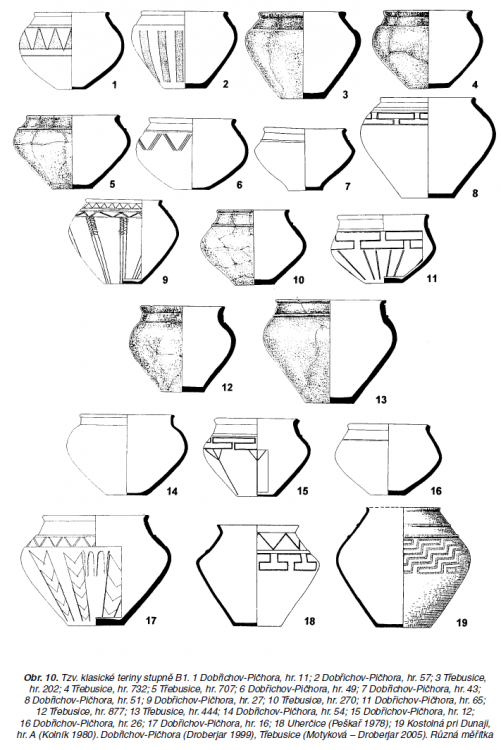
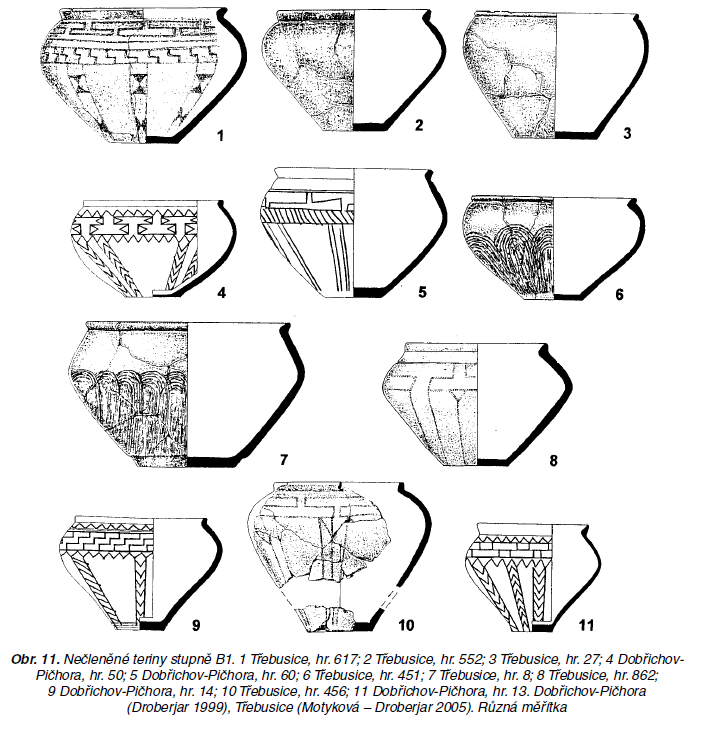
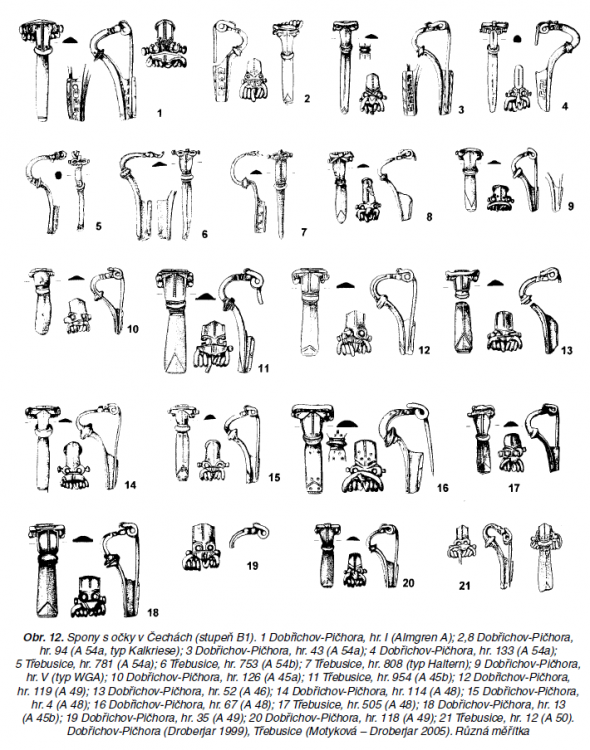
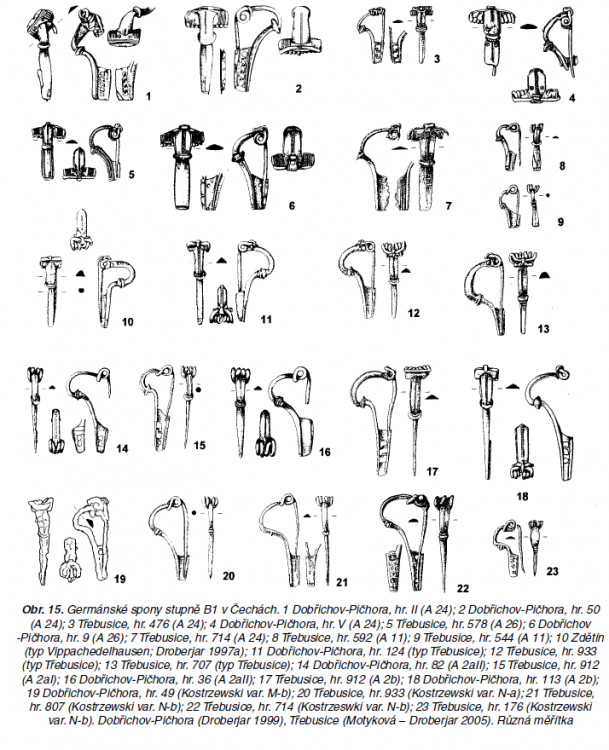
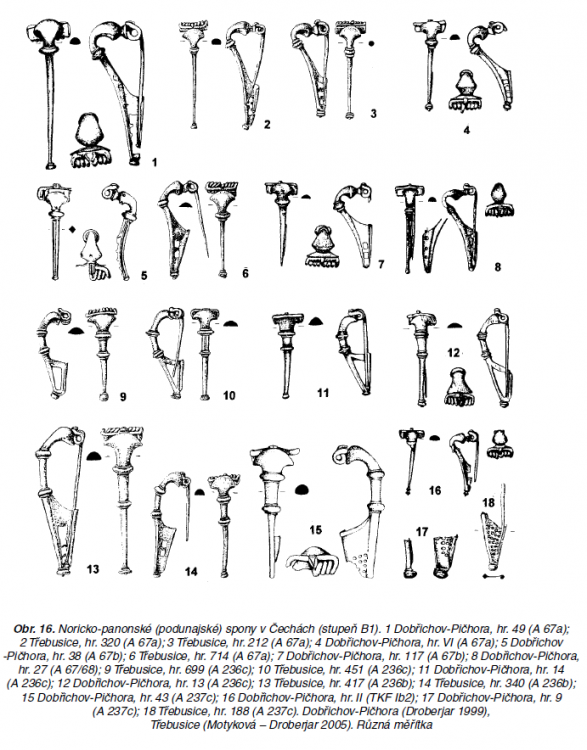
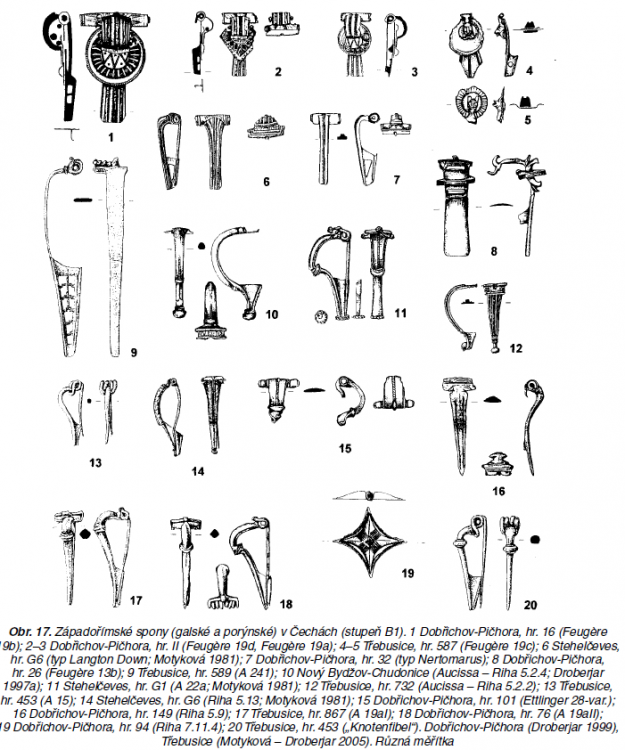
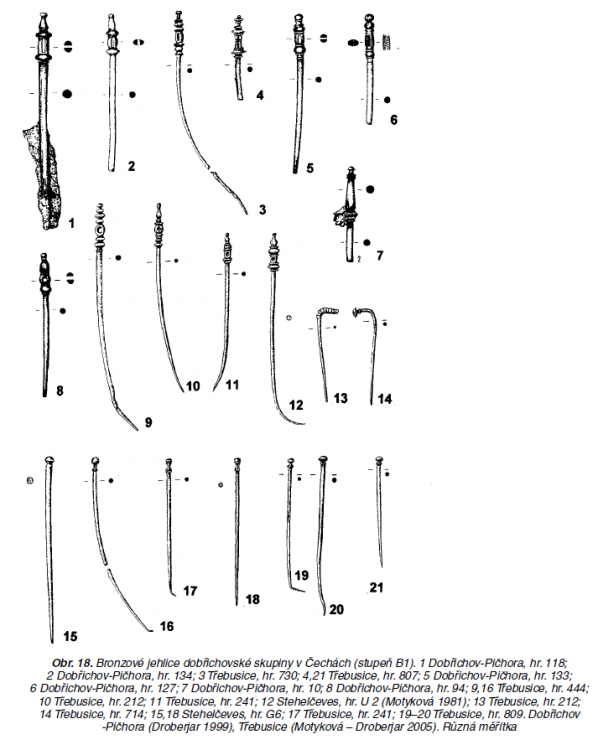
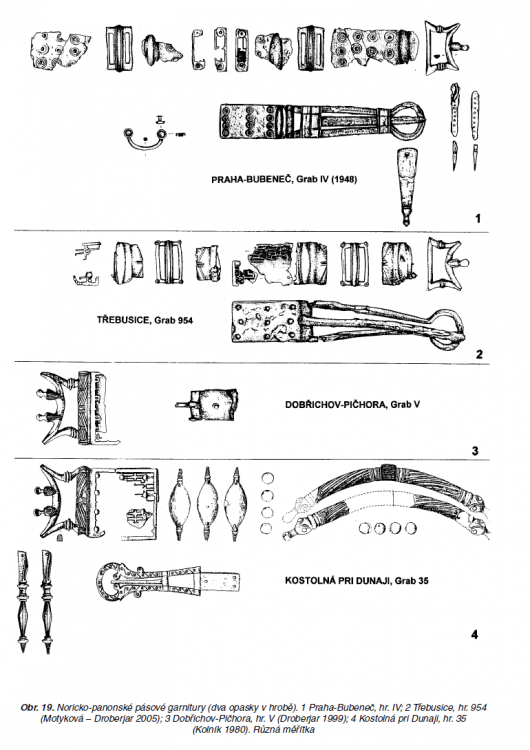
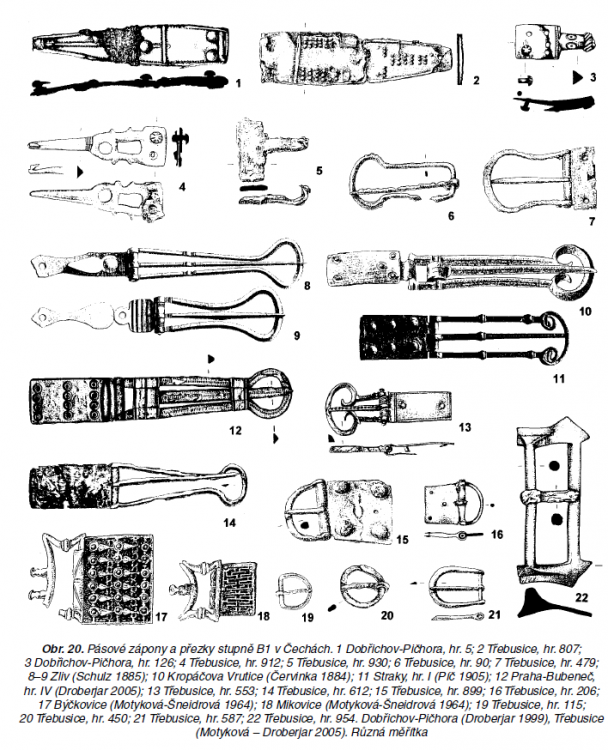
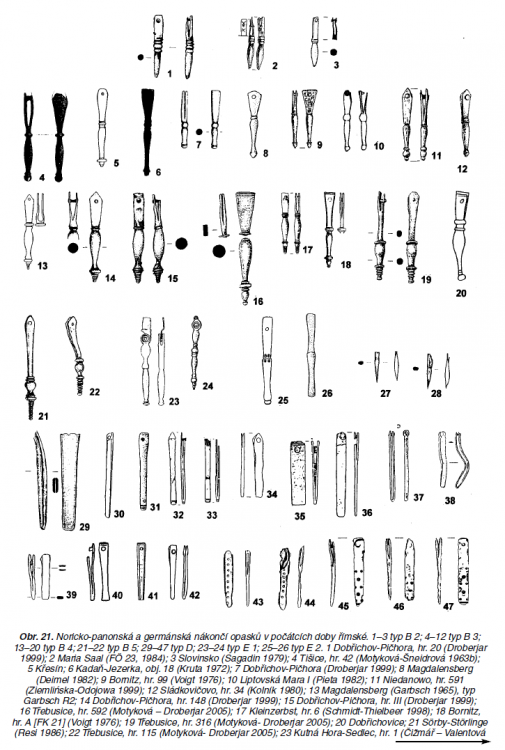
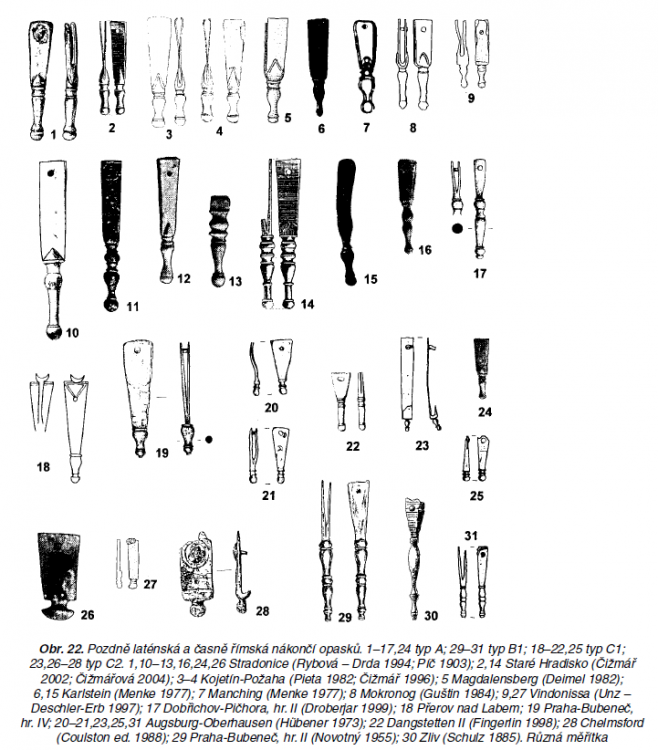
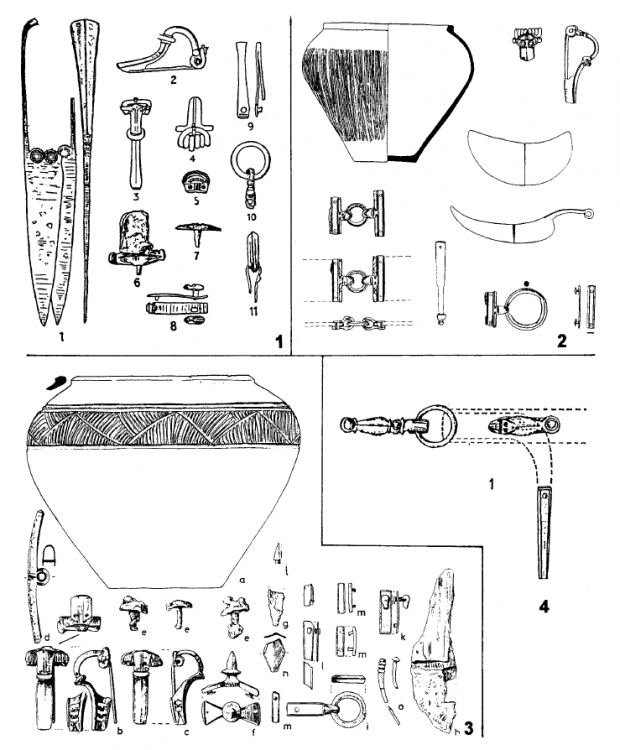
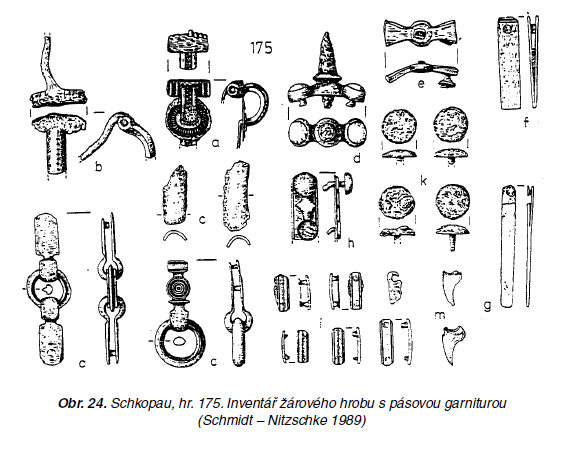
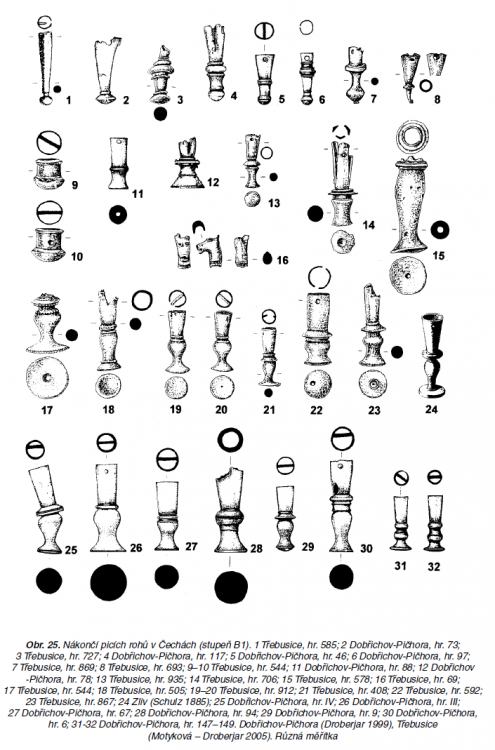
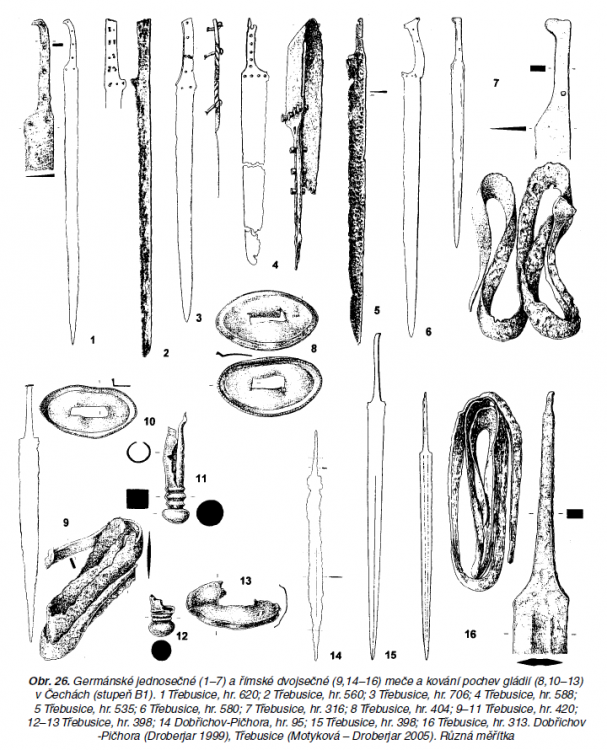
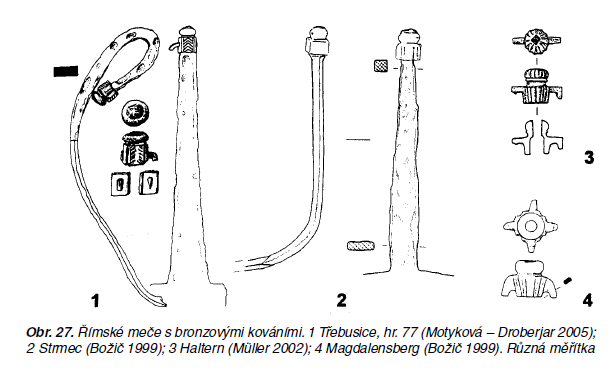
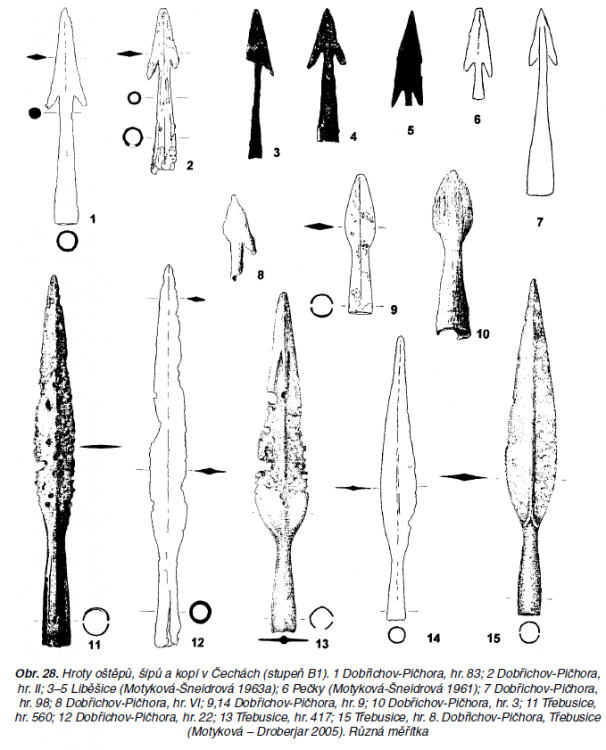
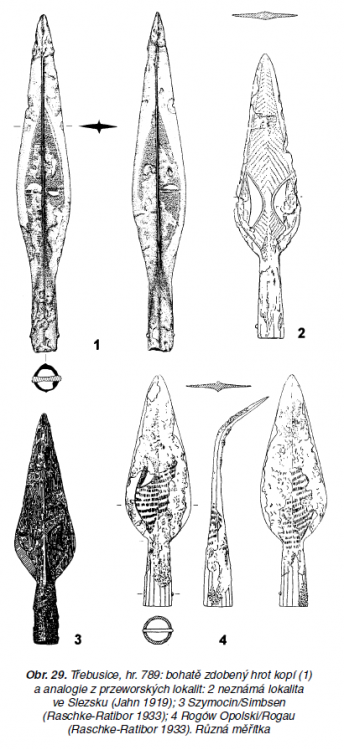
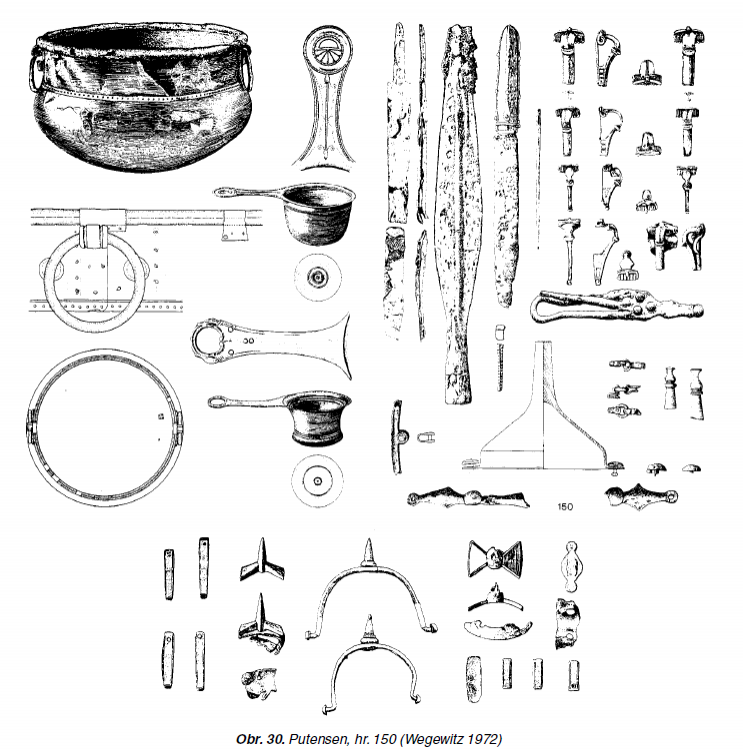
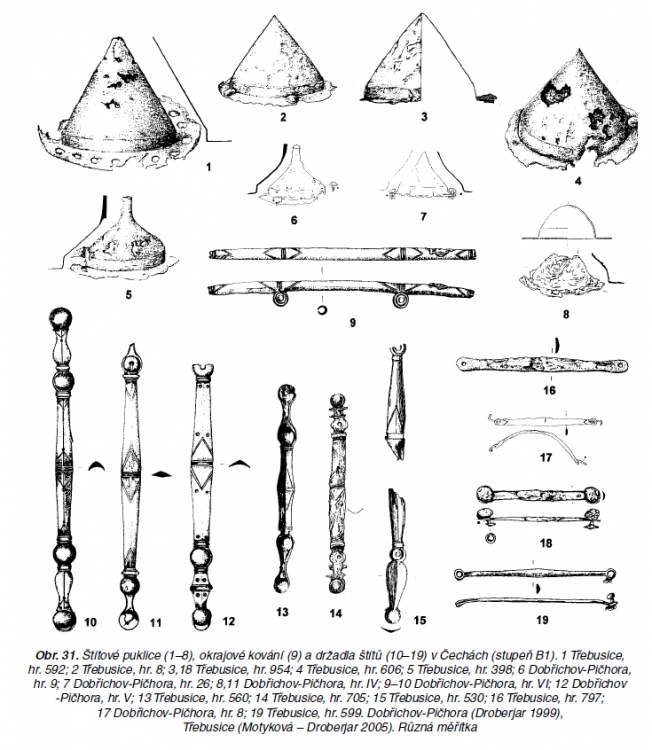
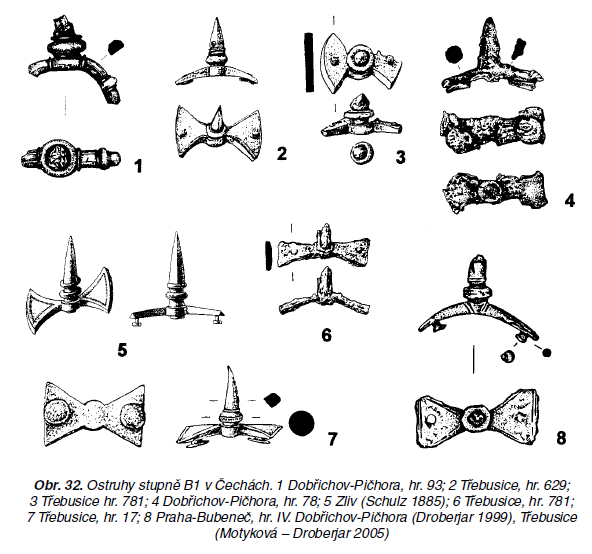
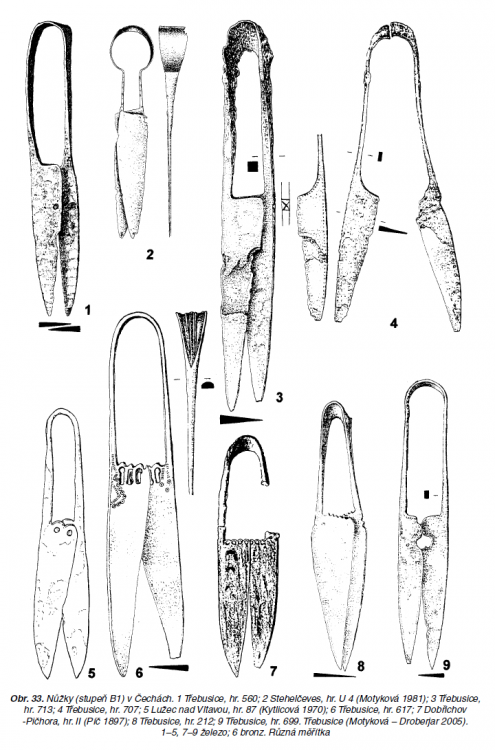
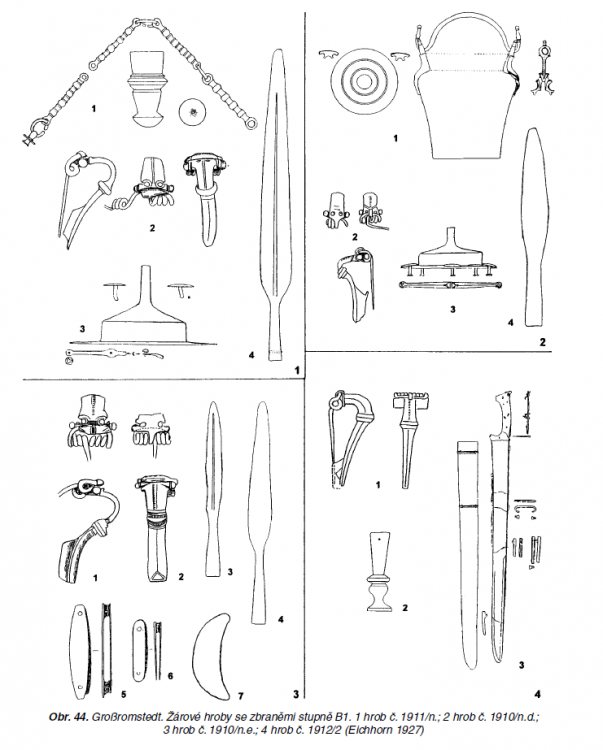
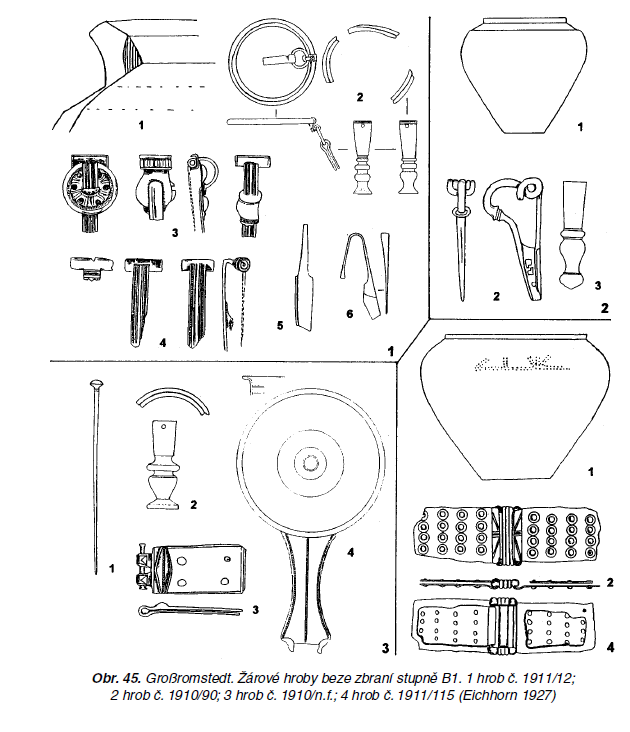
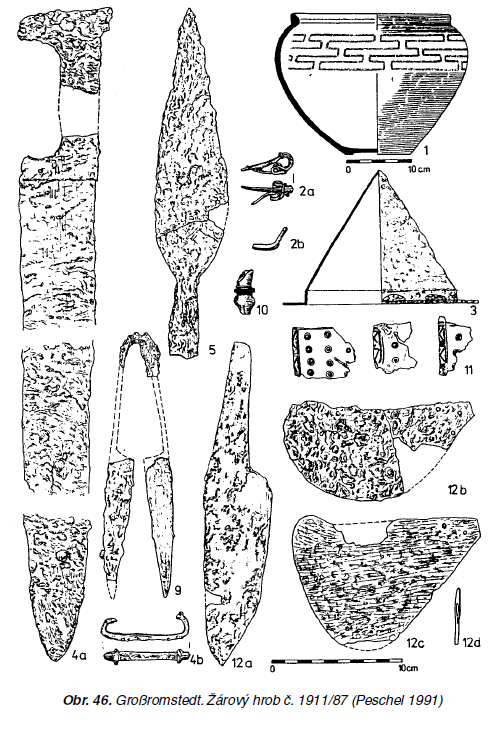
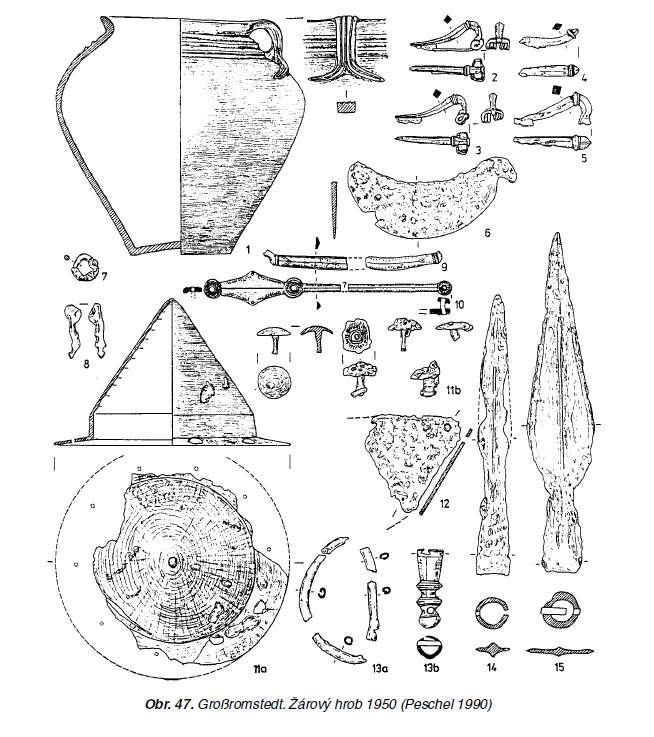
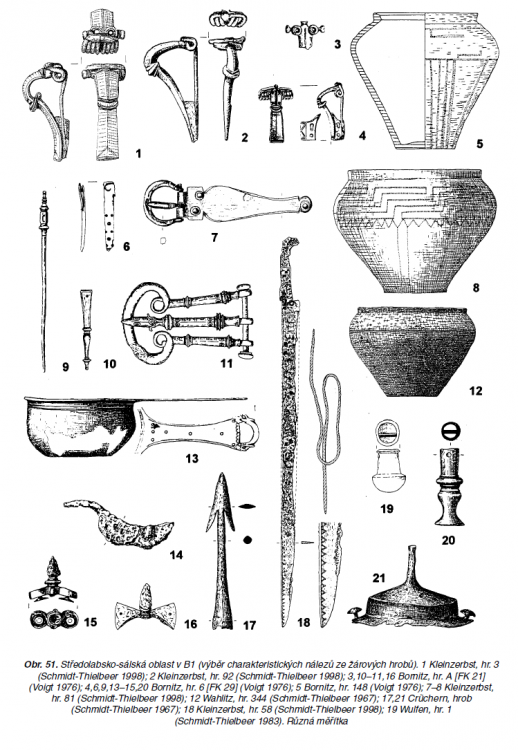
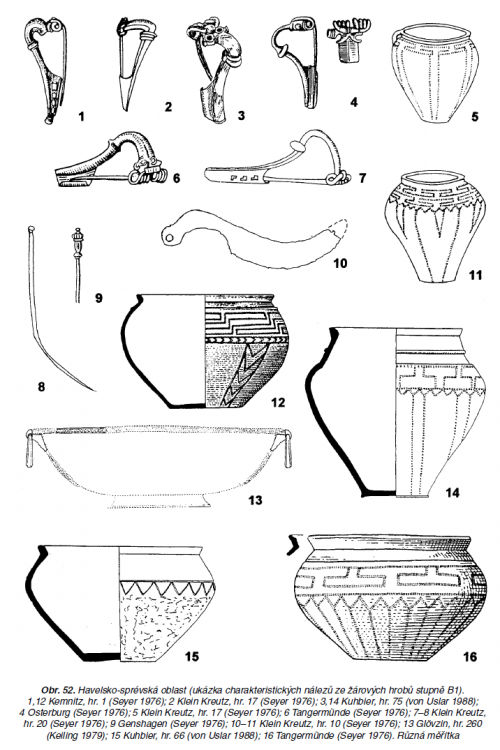
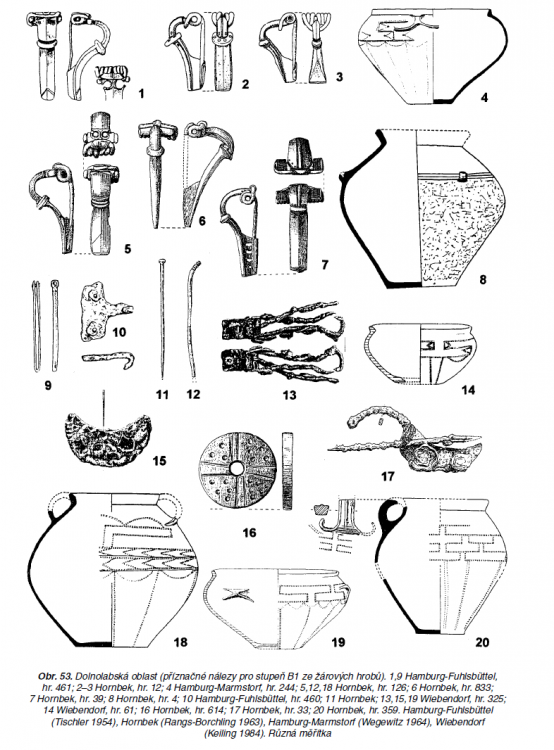
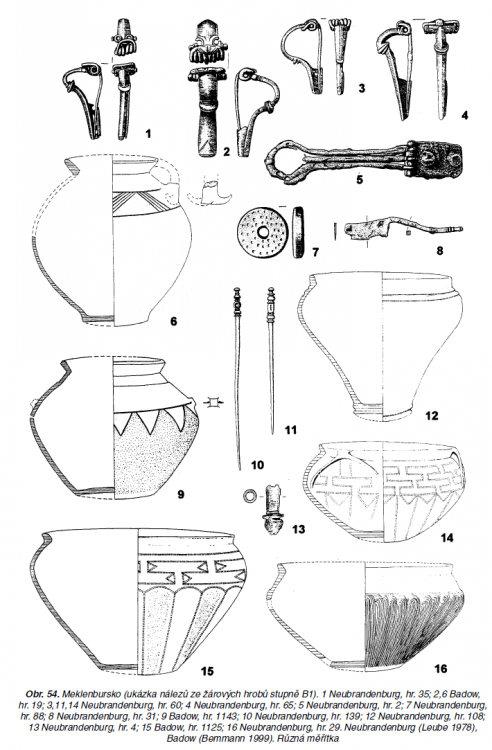
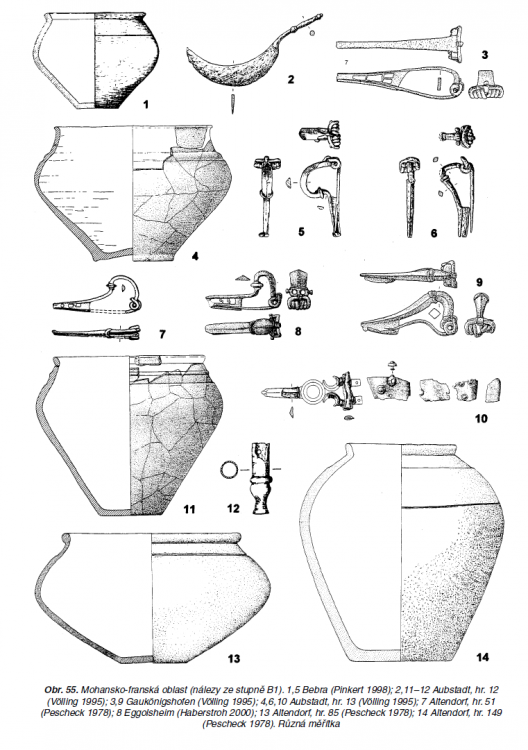
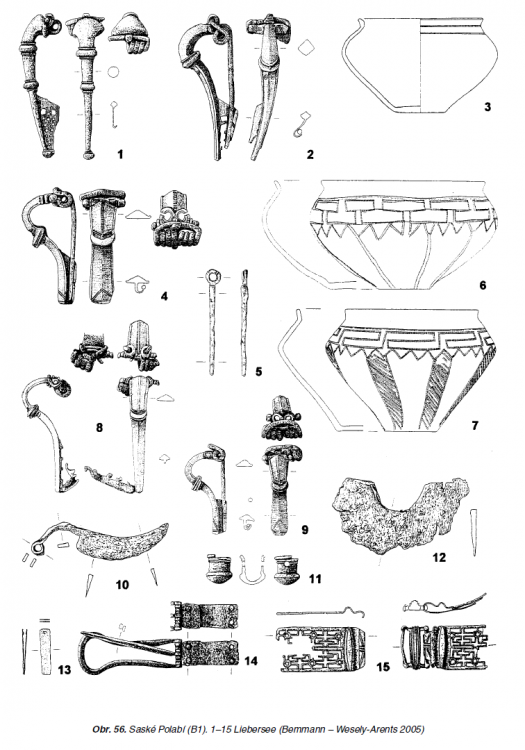
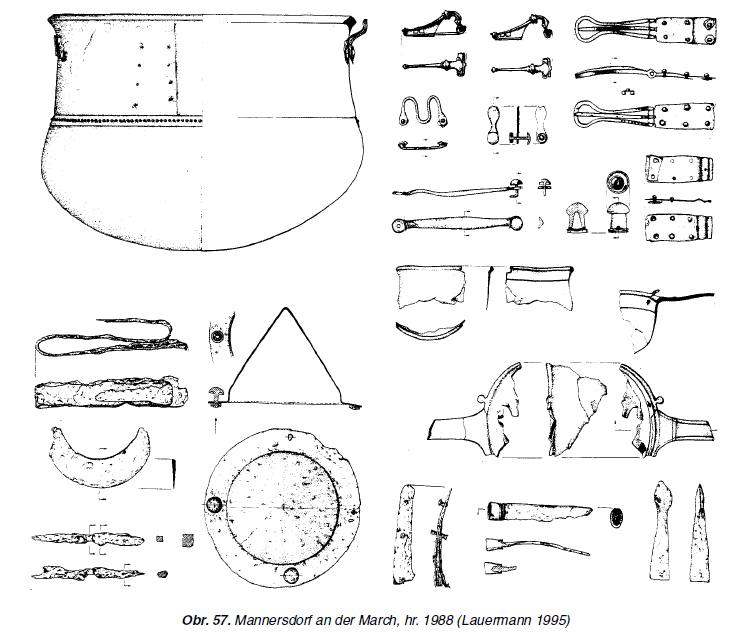
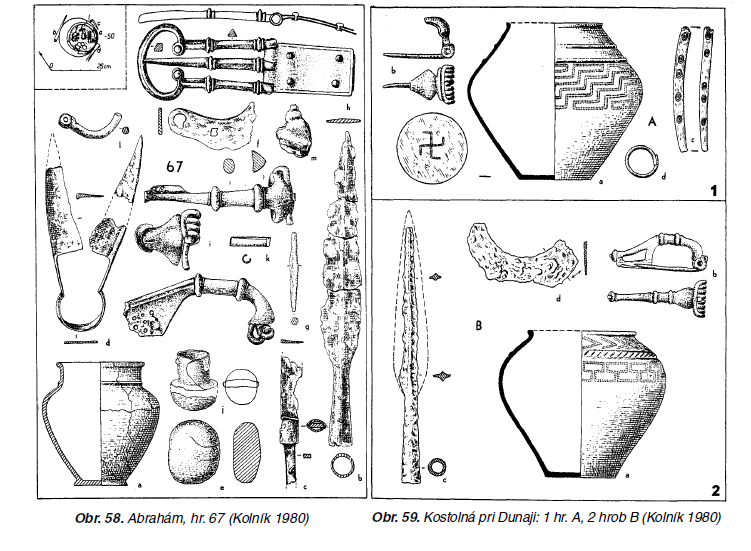
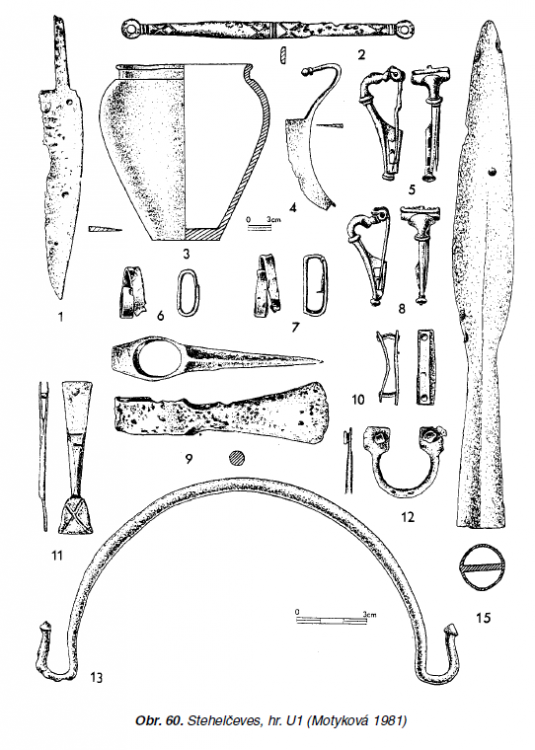
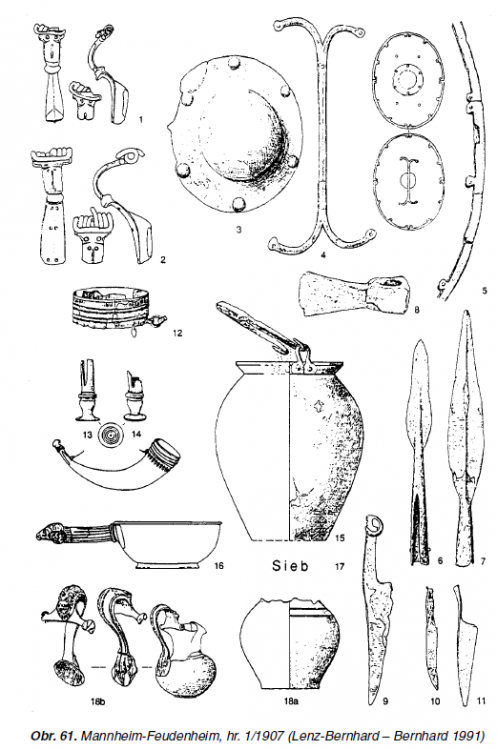
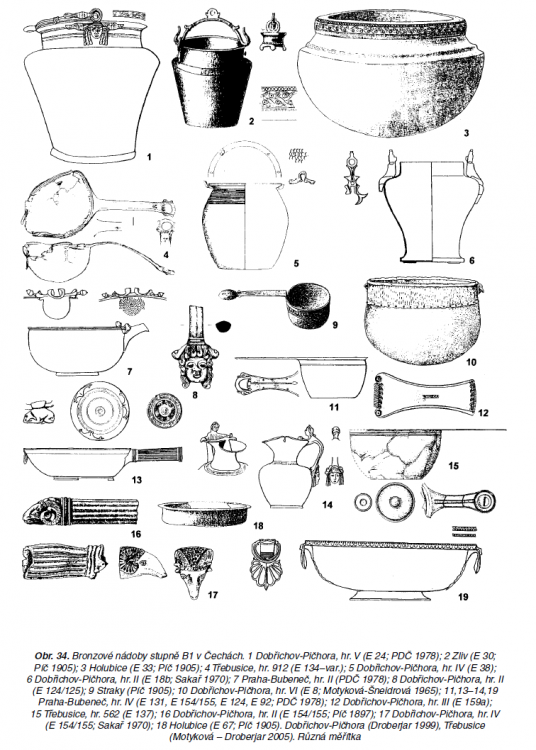
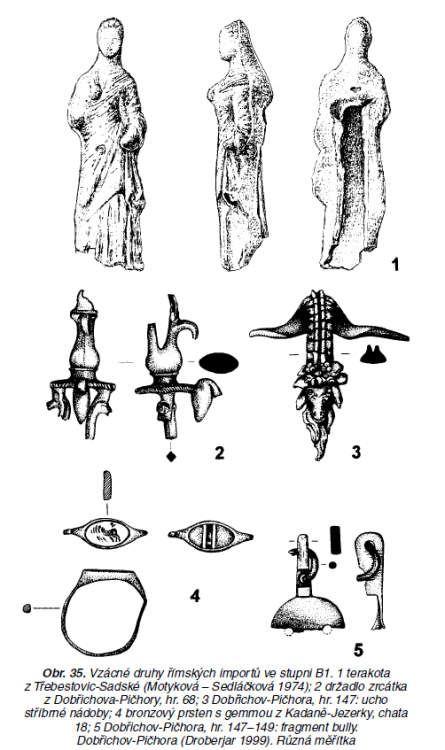
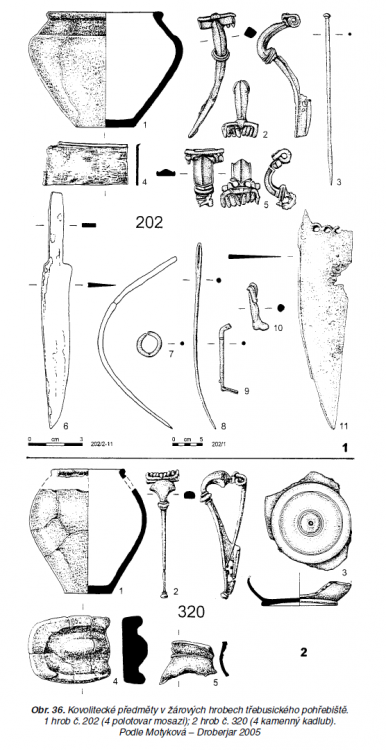
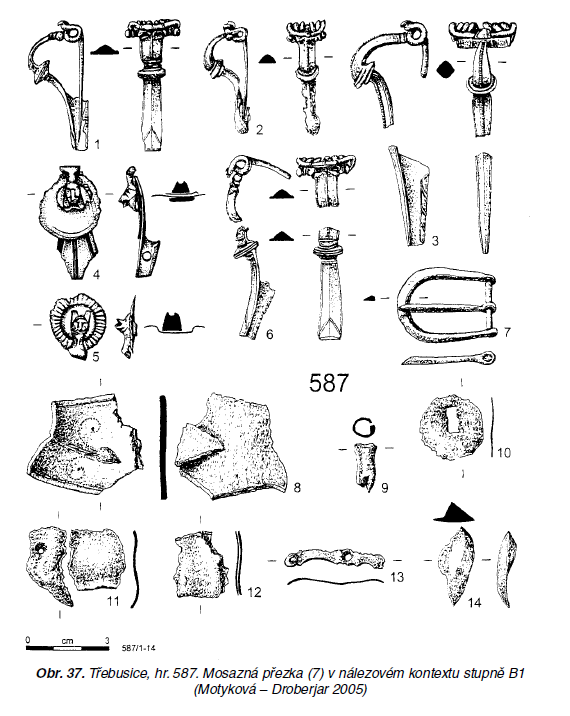
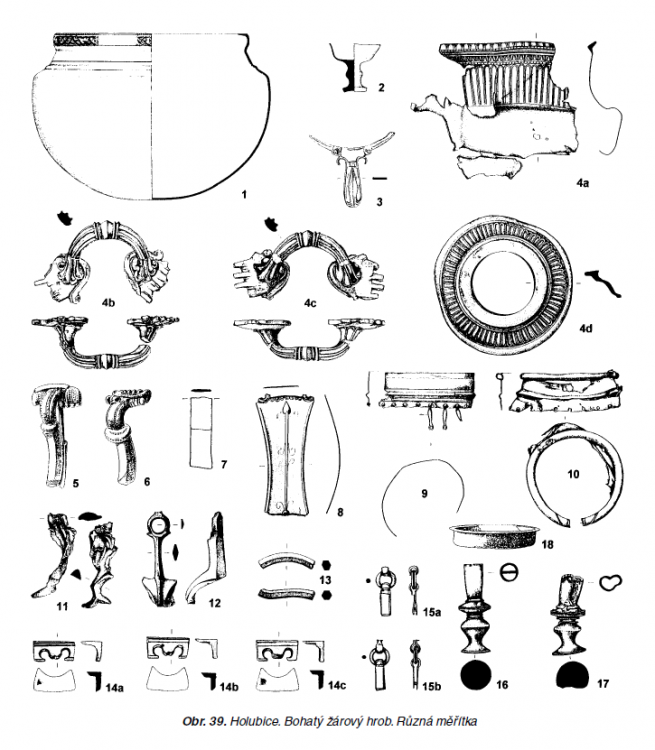
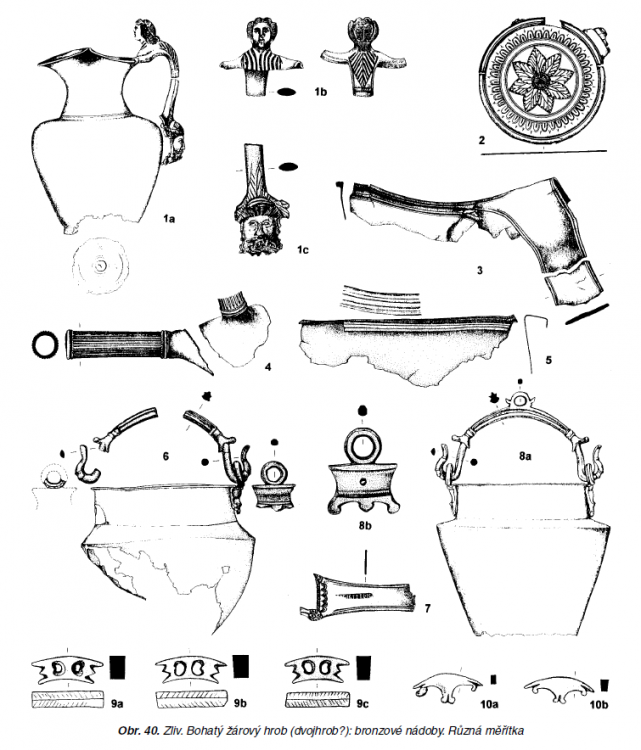
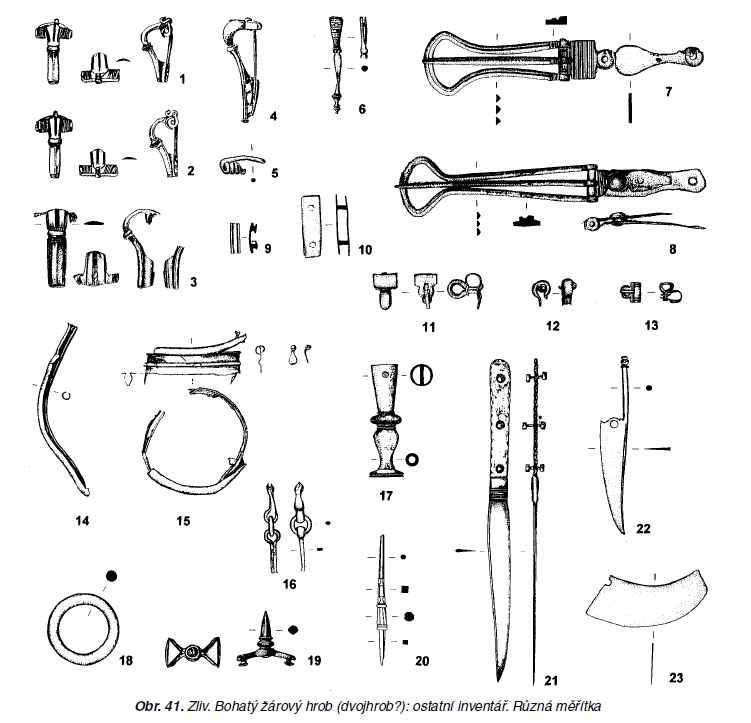
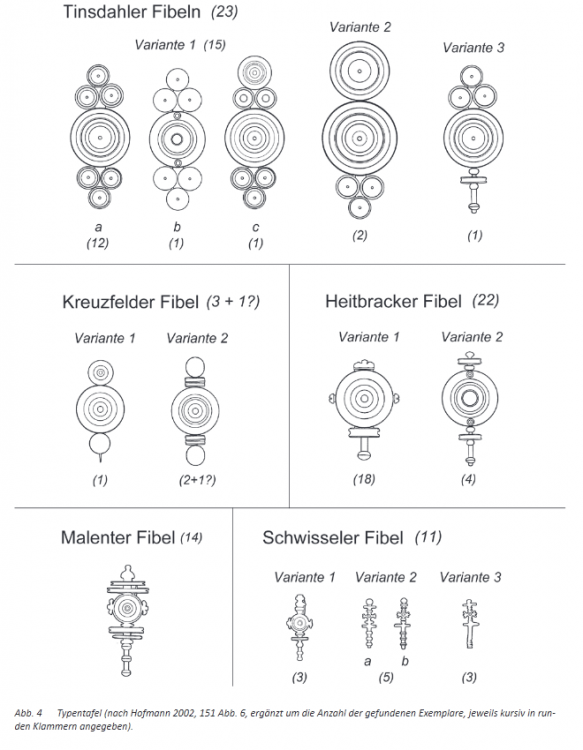
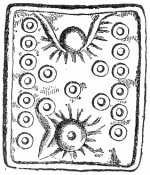
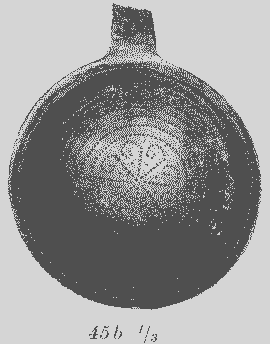
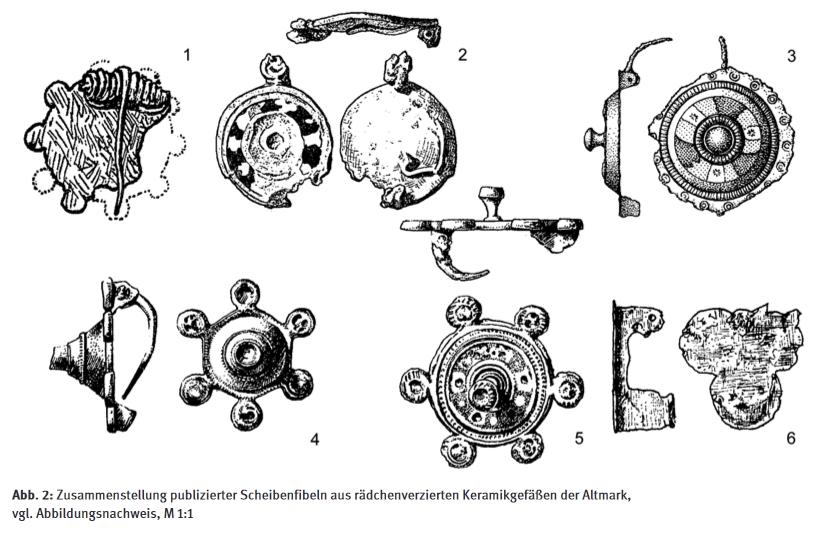
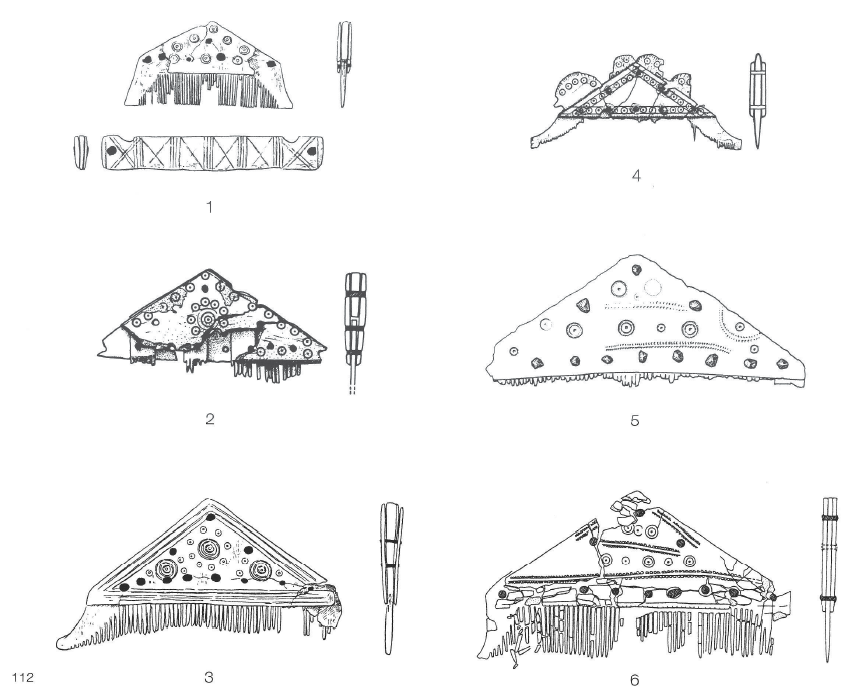
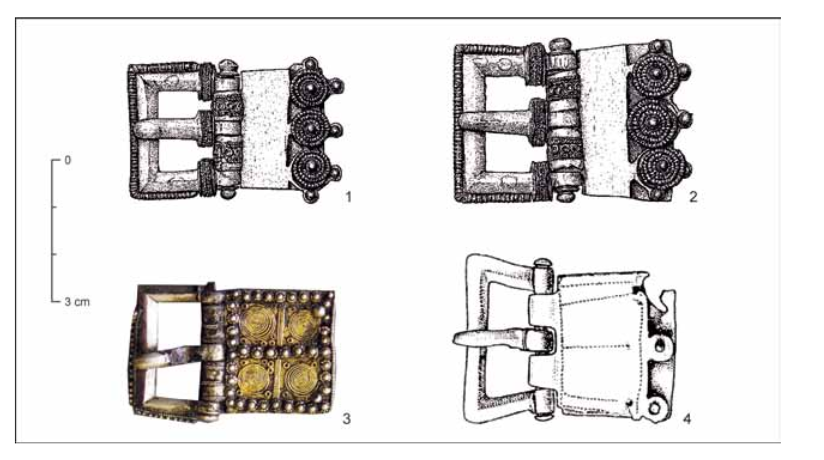
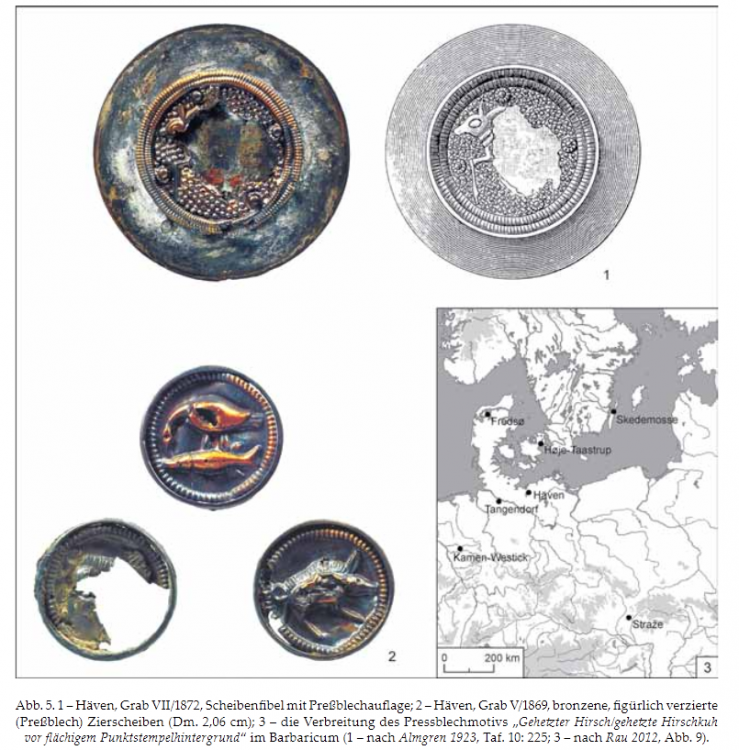
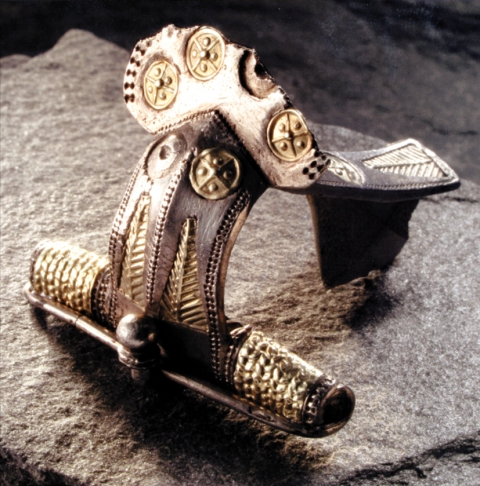
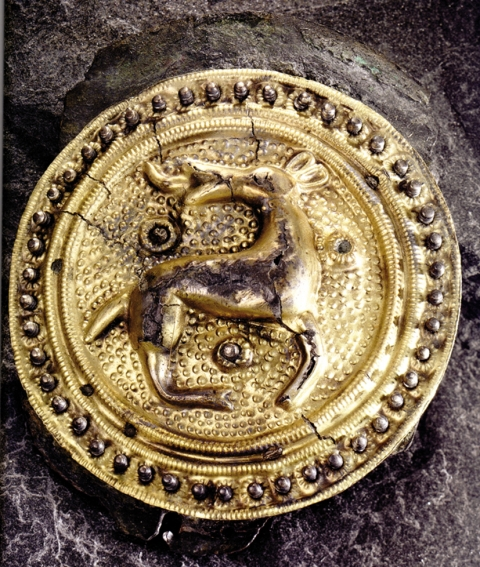
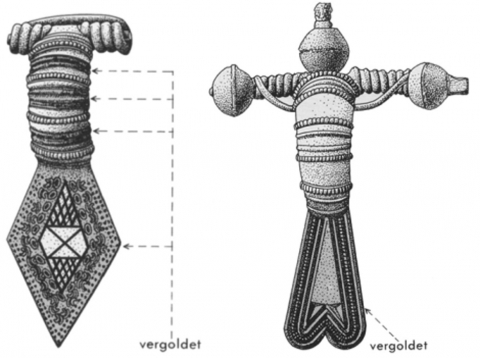
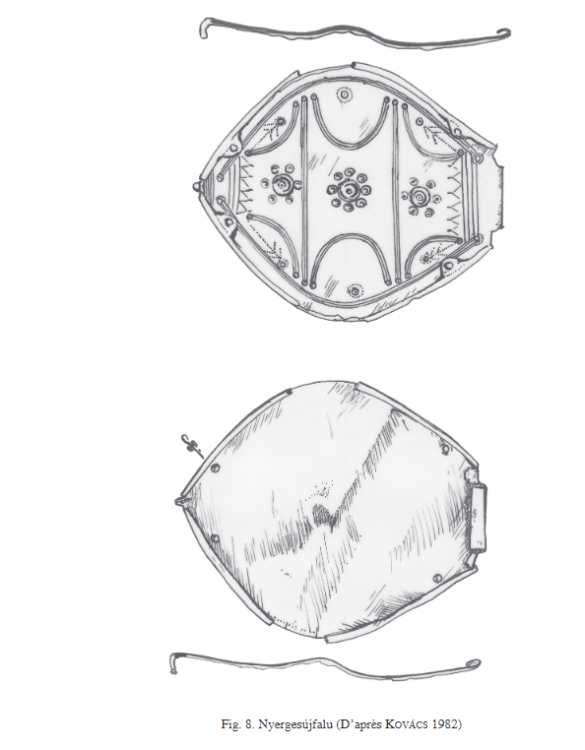
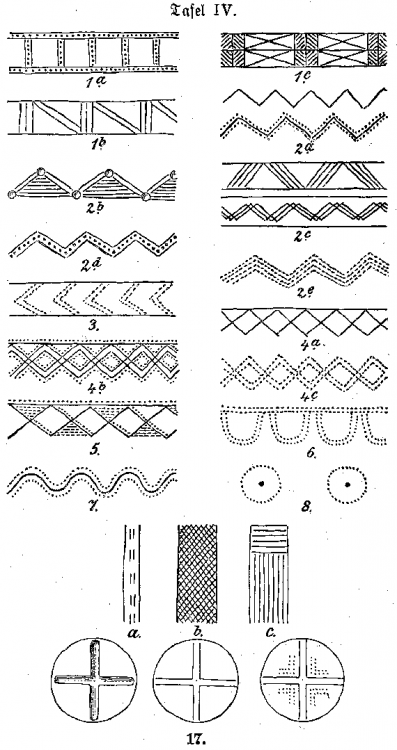
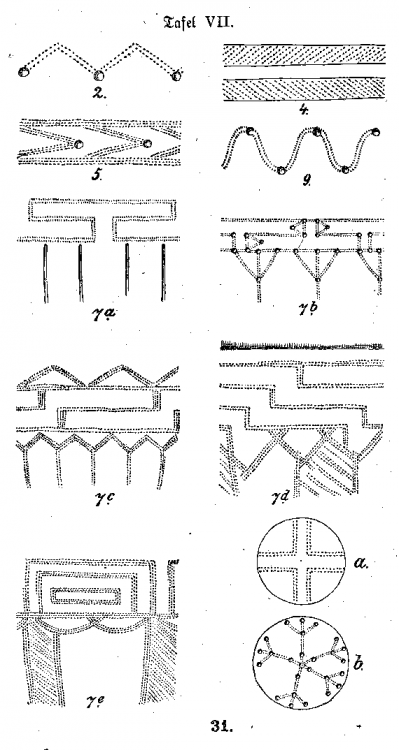
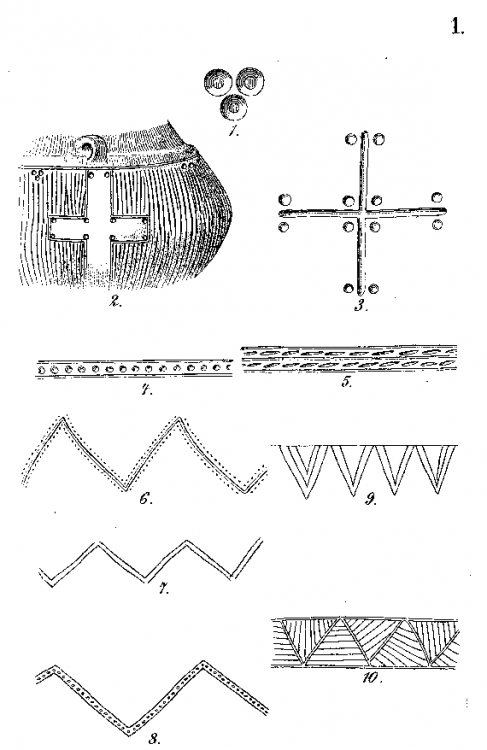
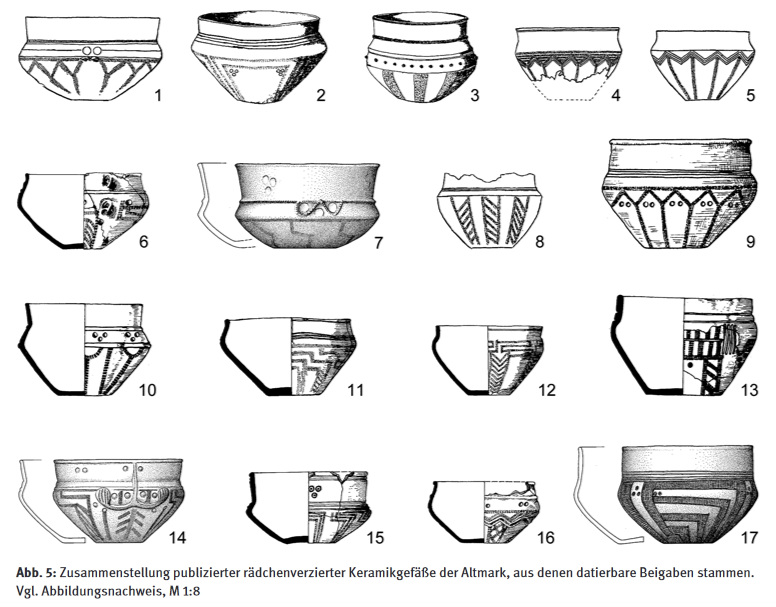
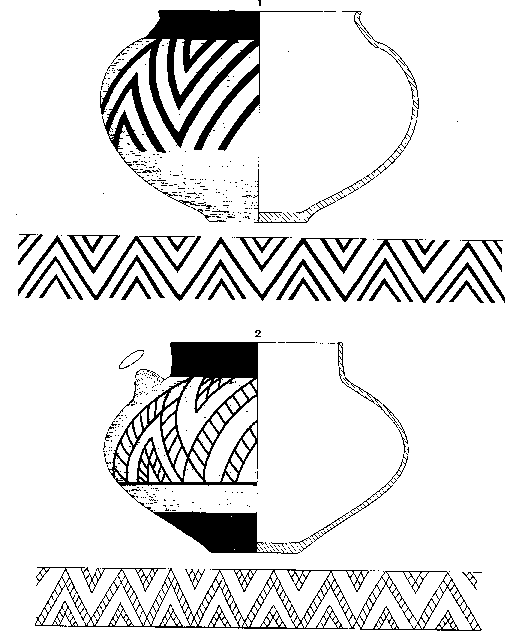
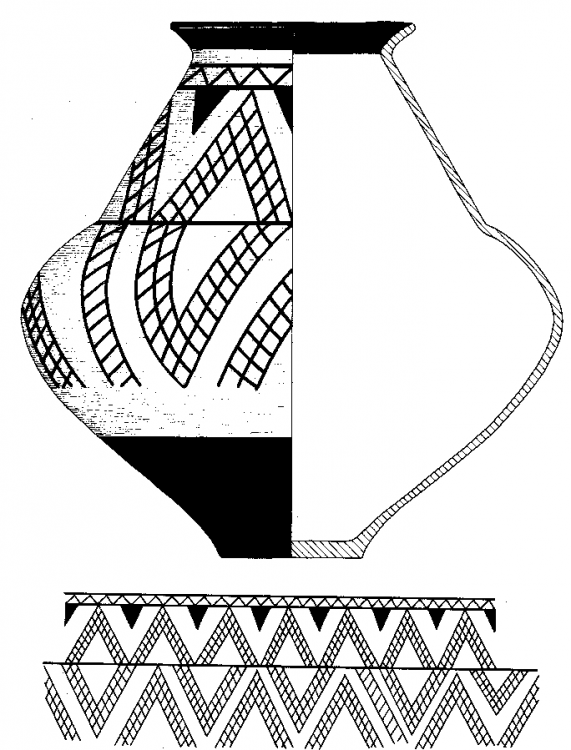
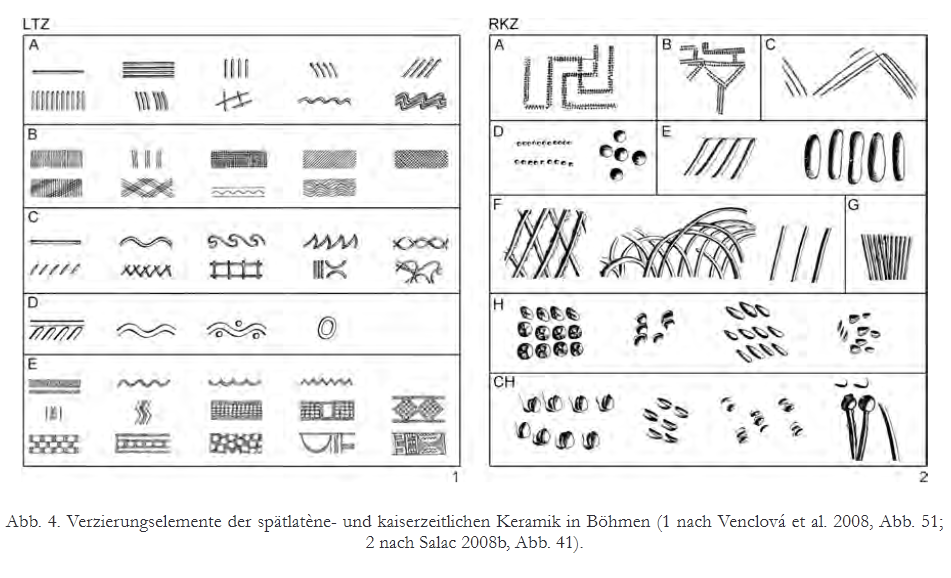
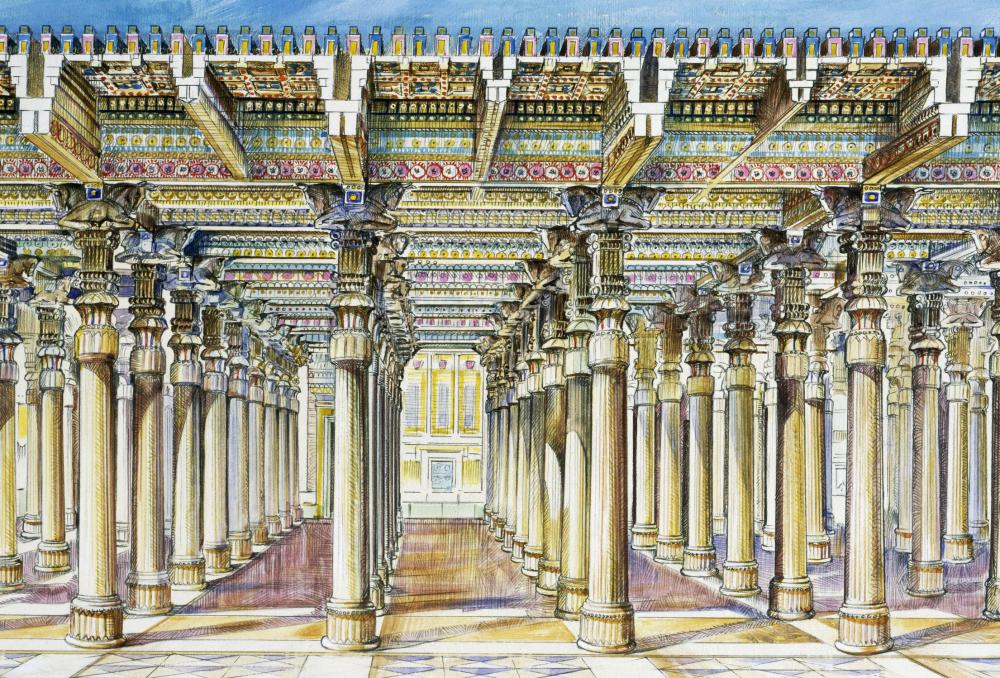
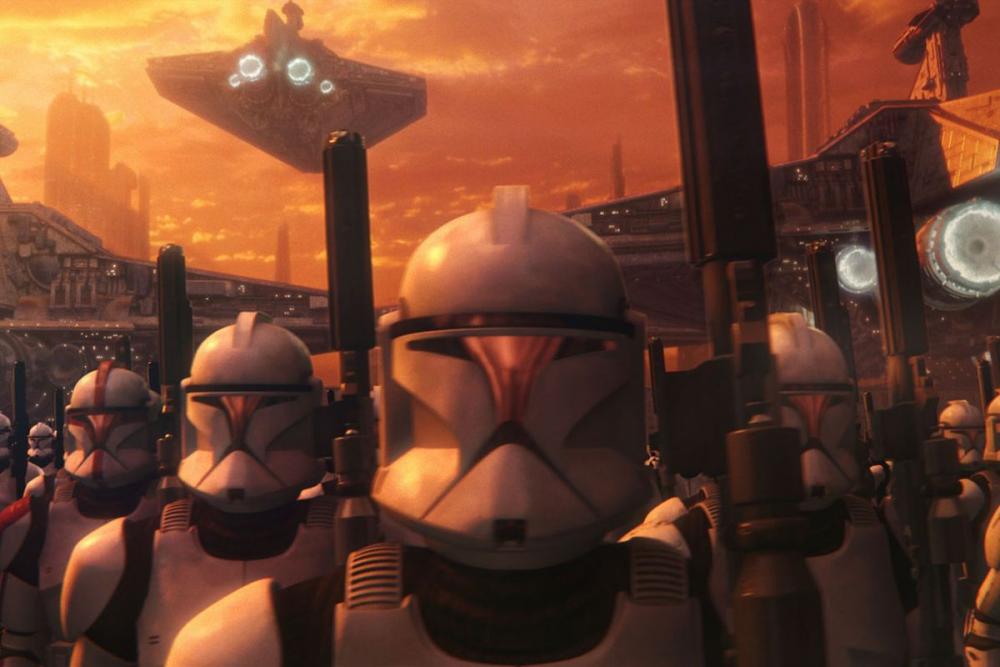
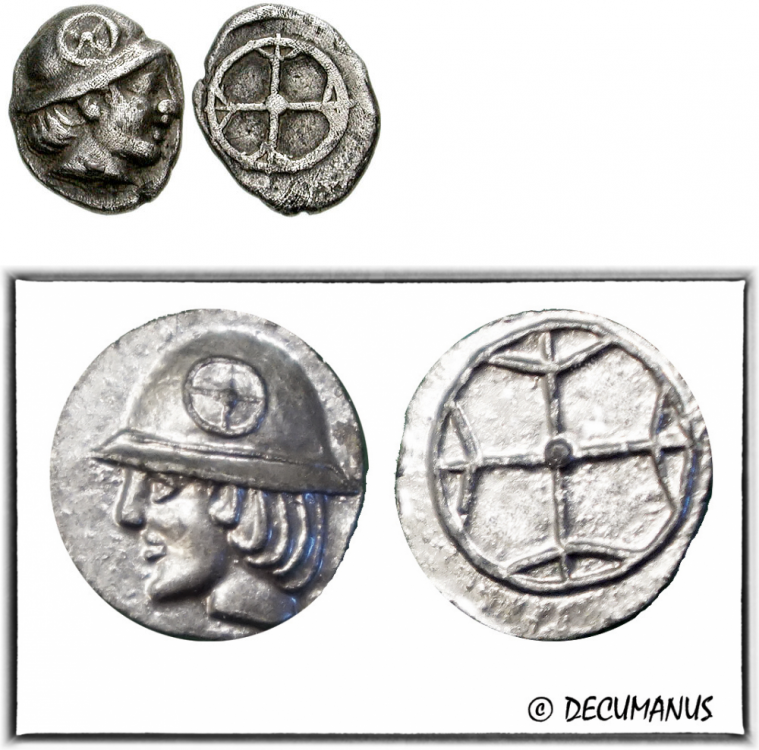
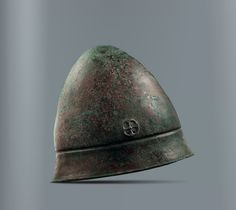
Barracks
in Gameplay Discussion
Posted
Could the addition of slaves be useful to better distinguish between the economy and the military?